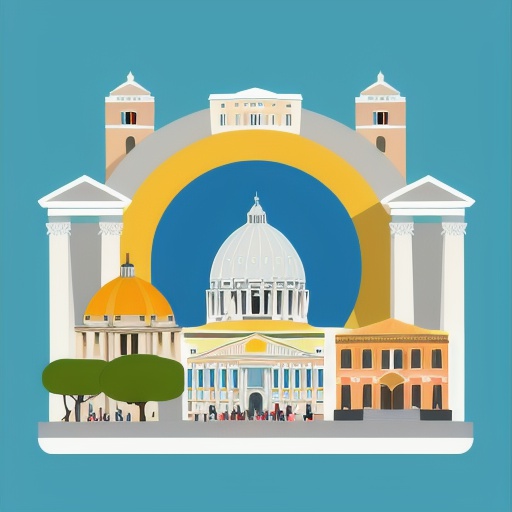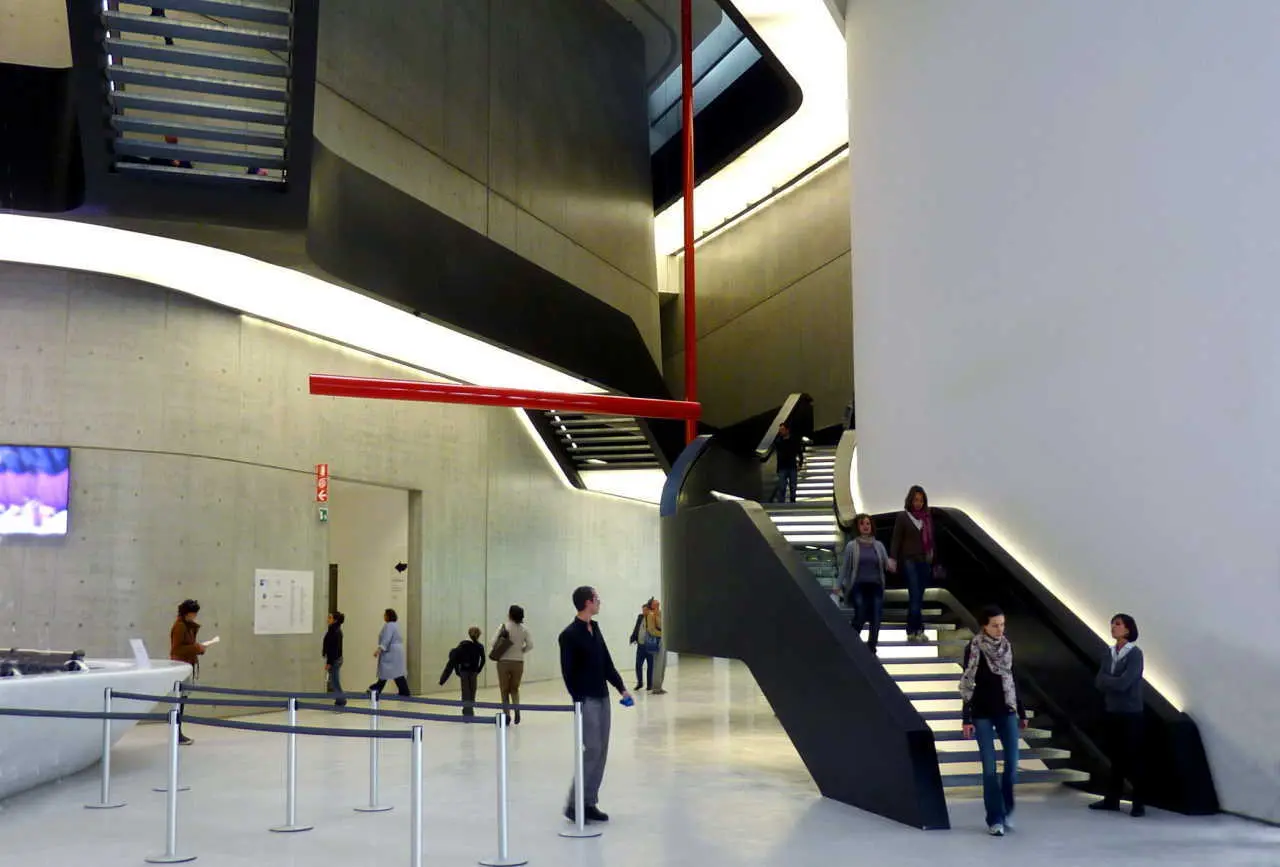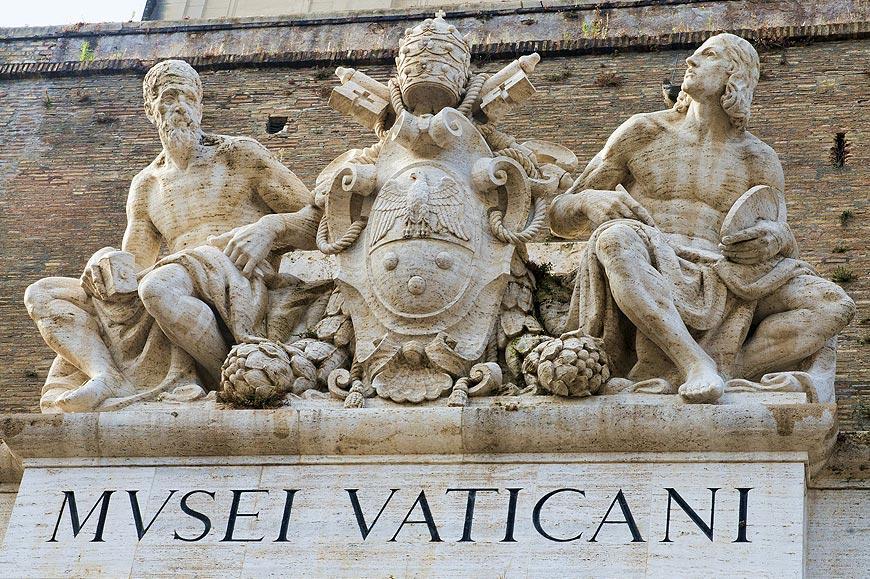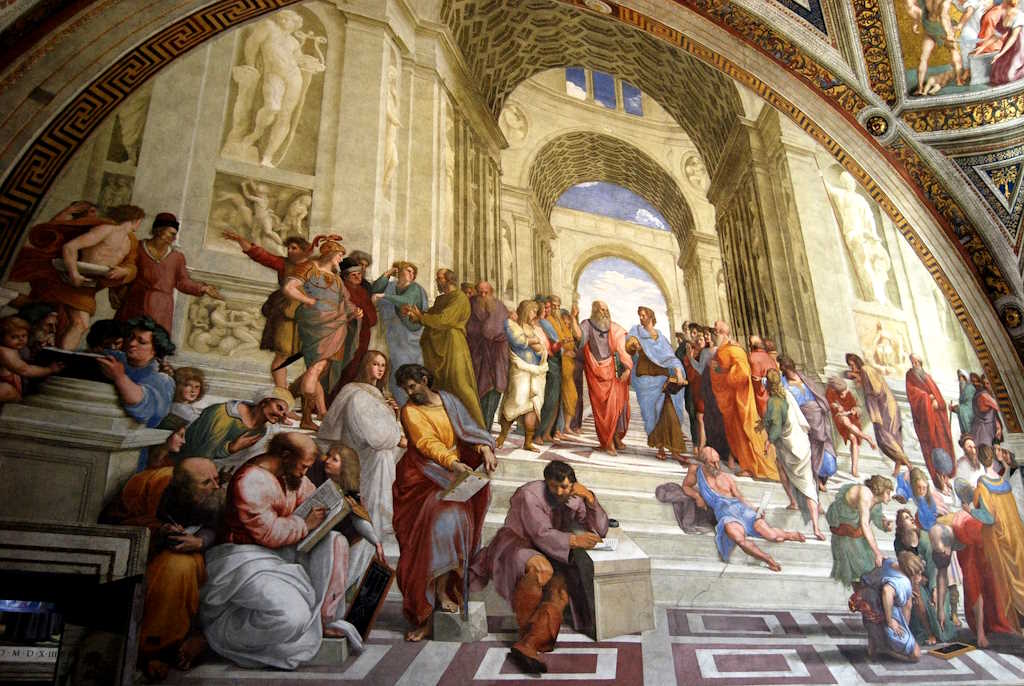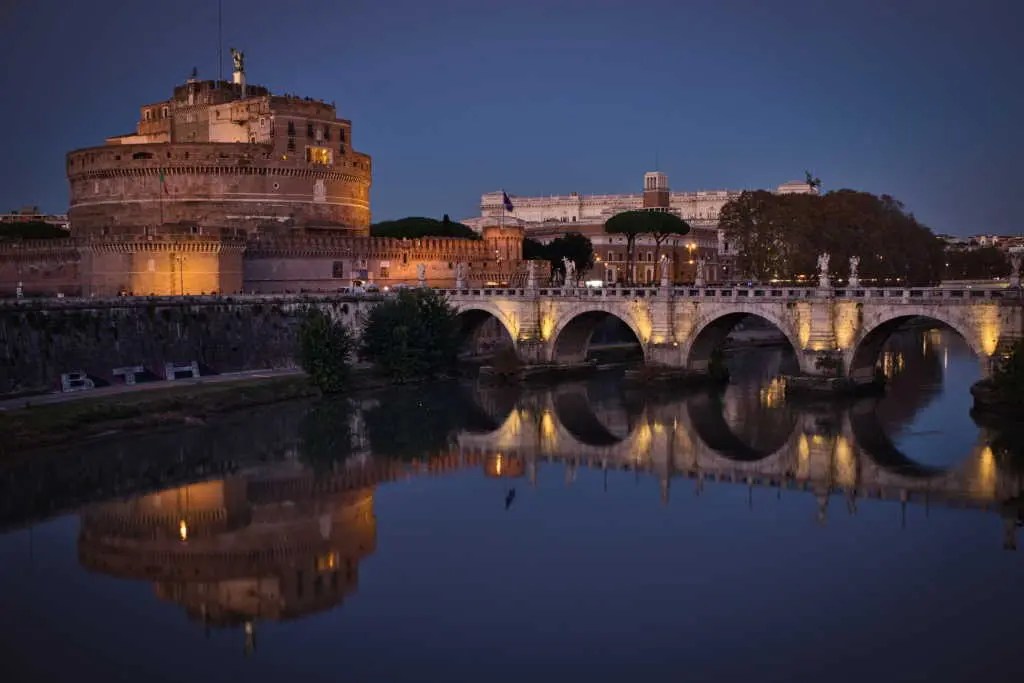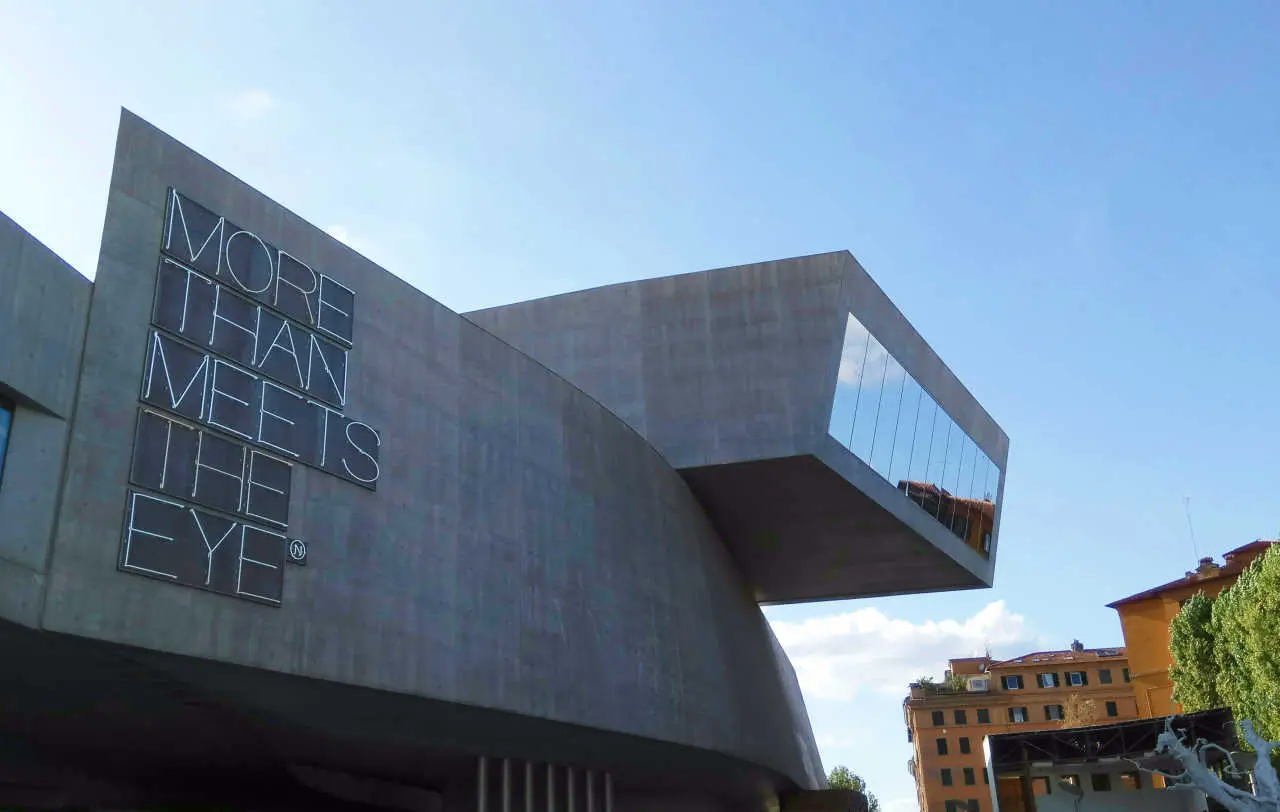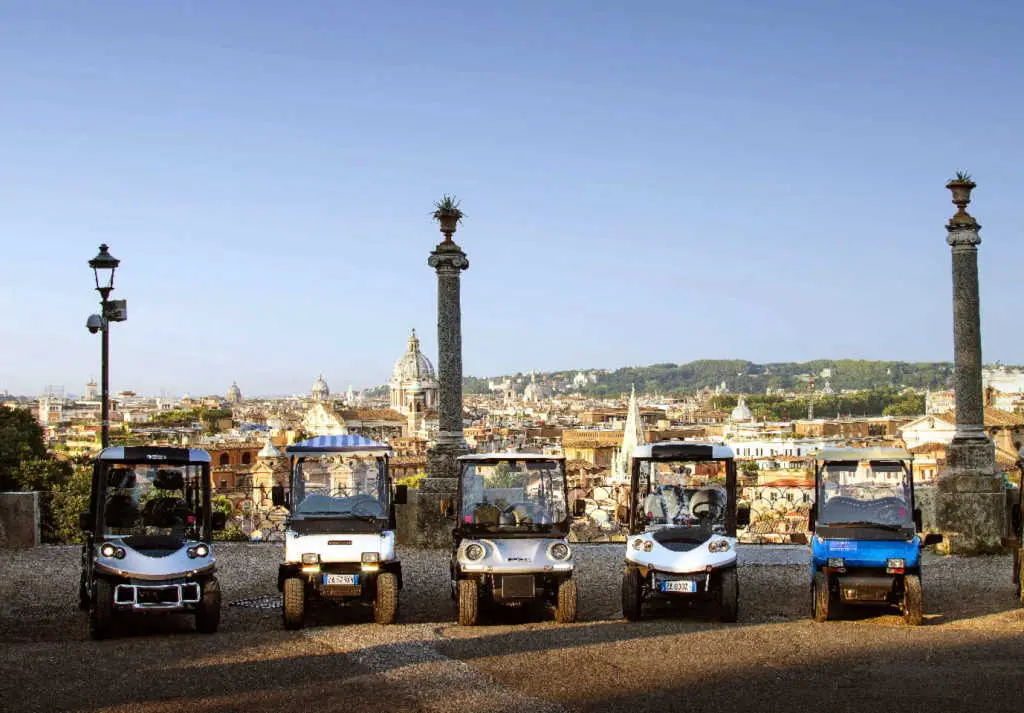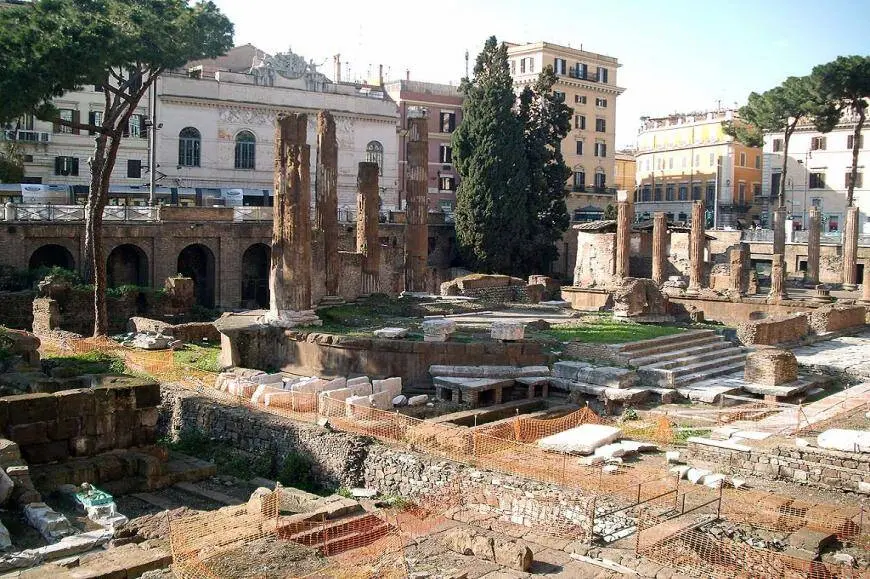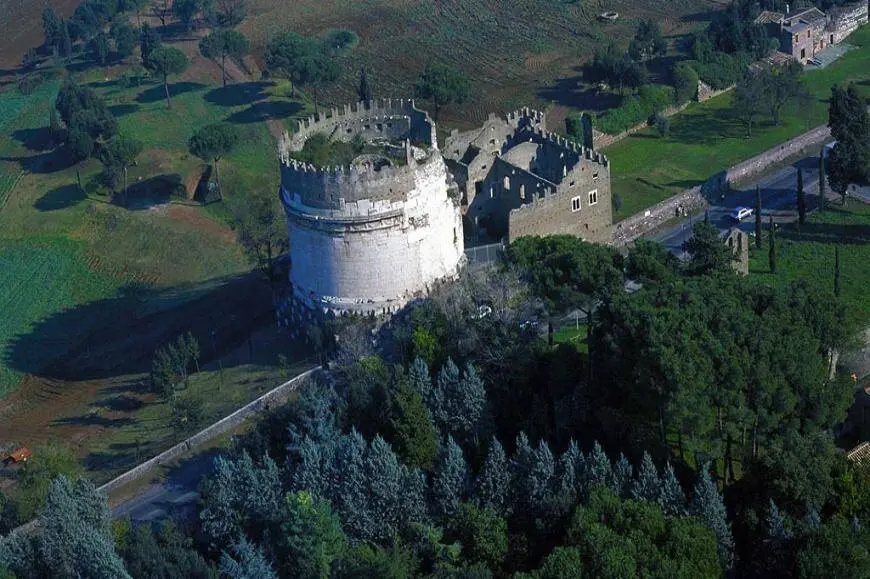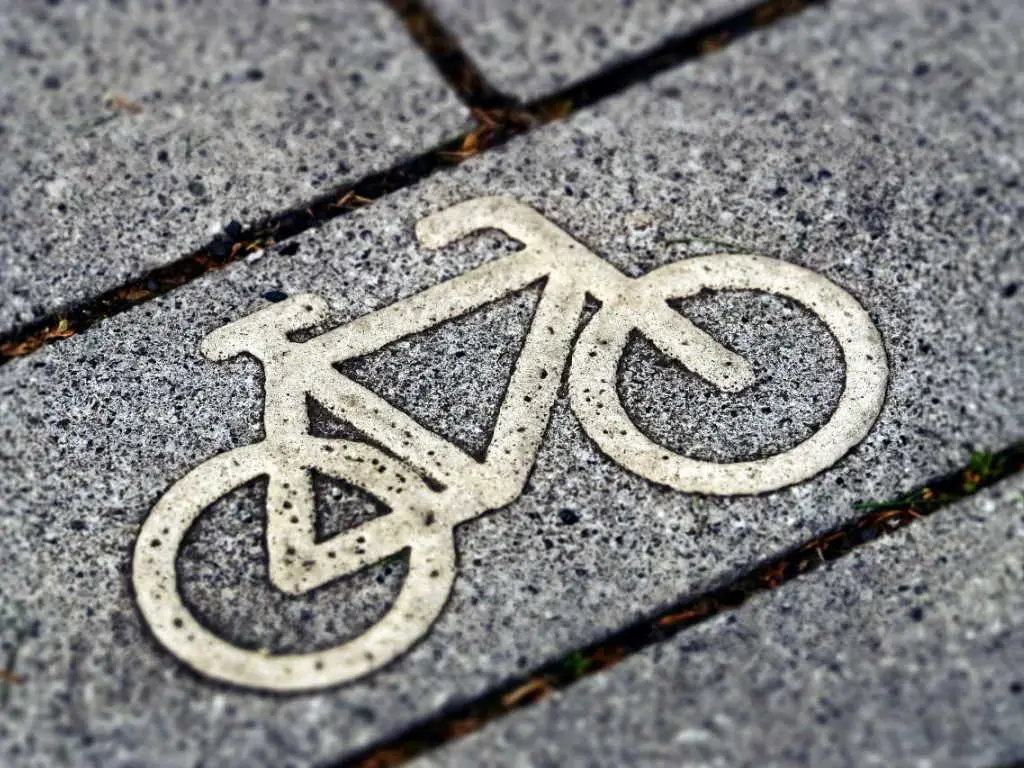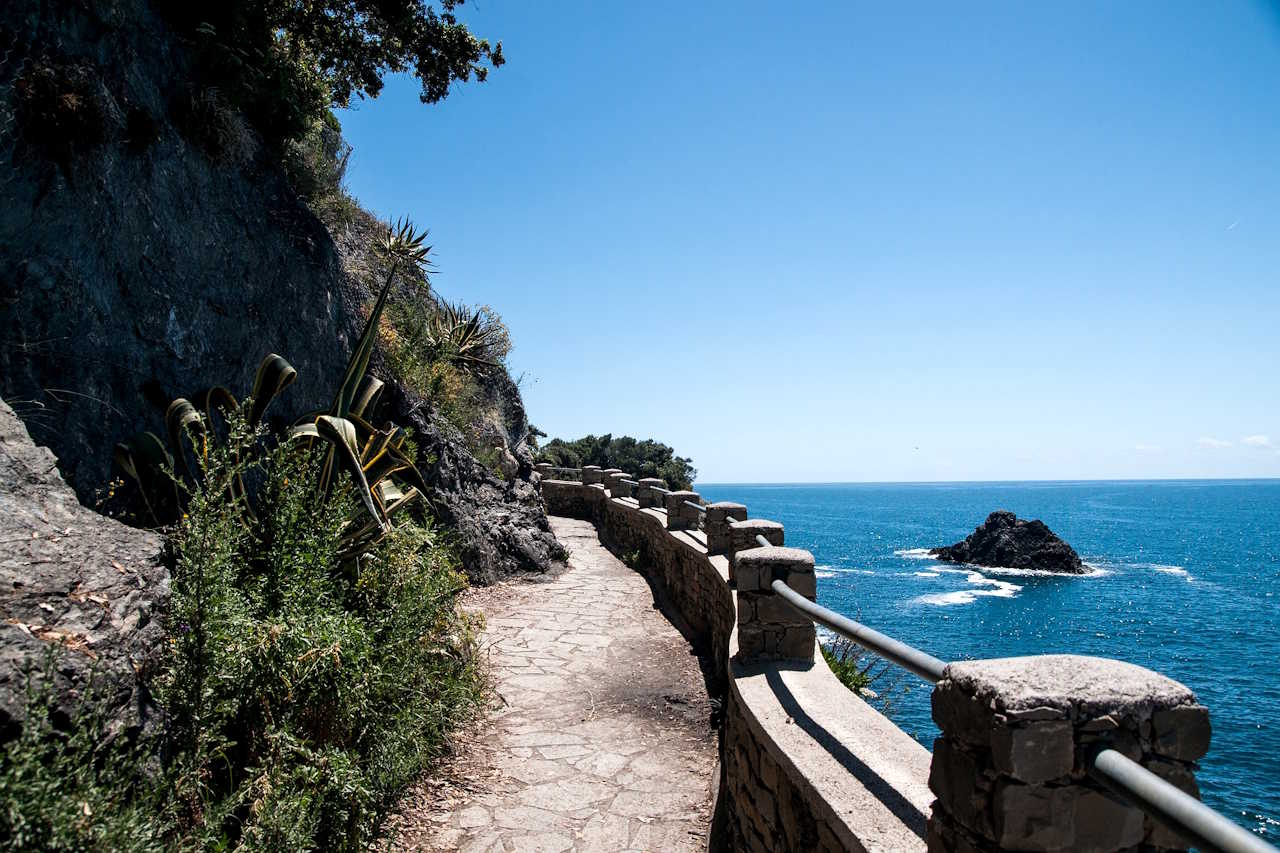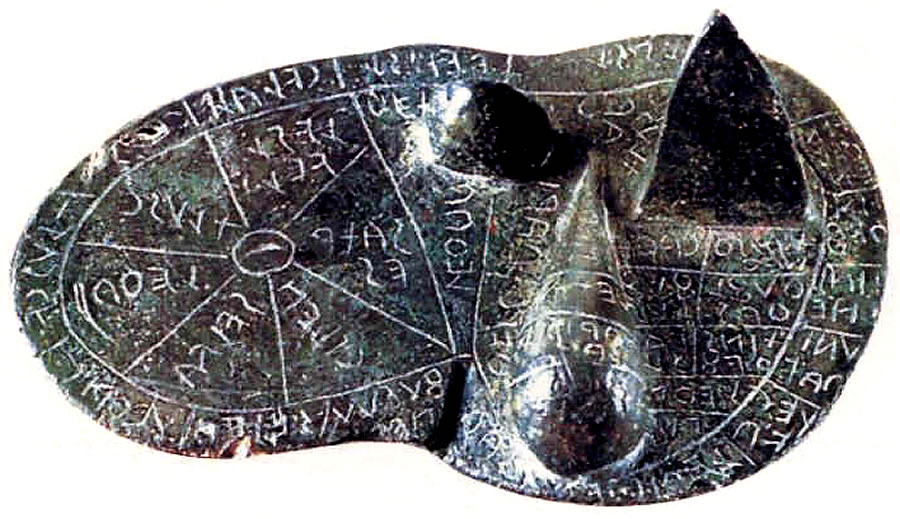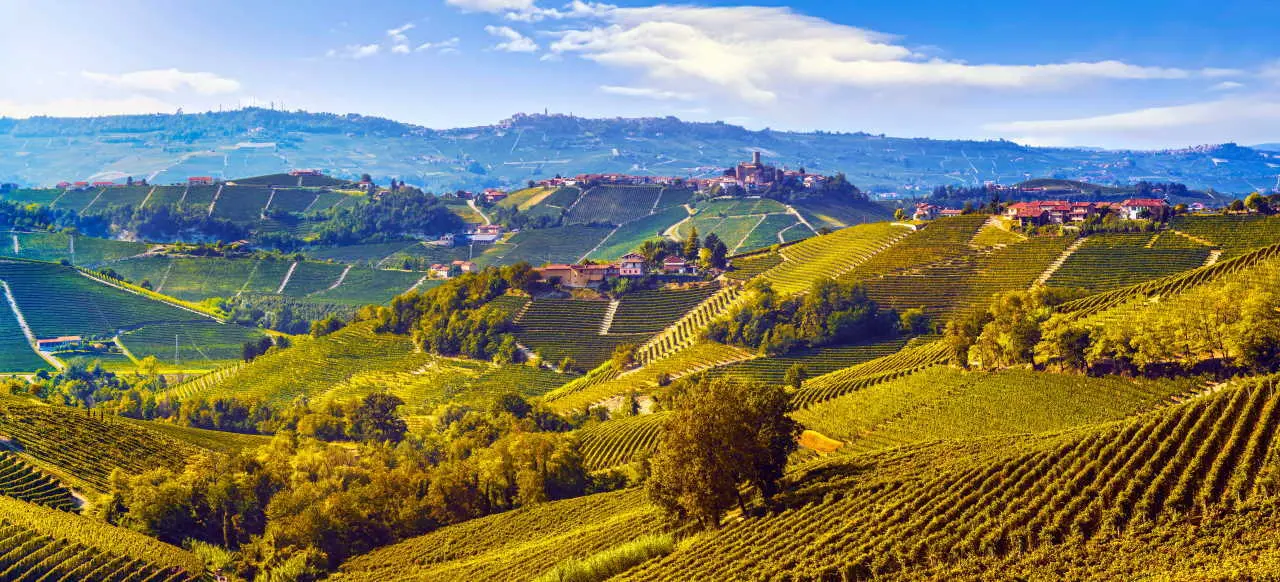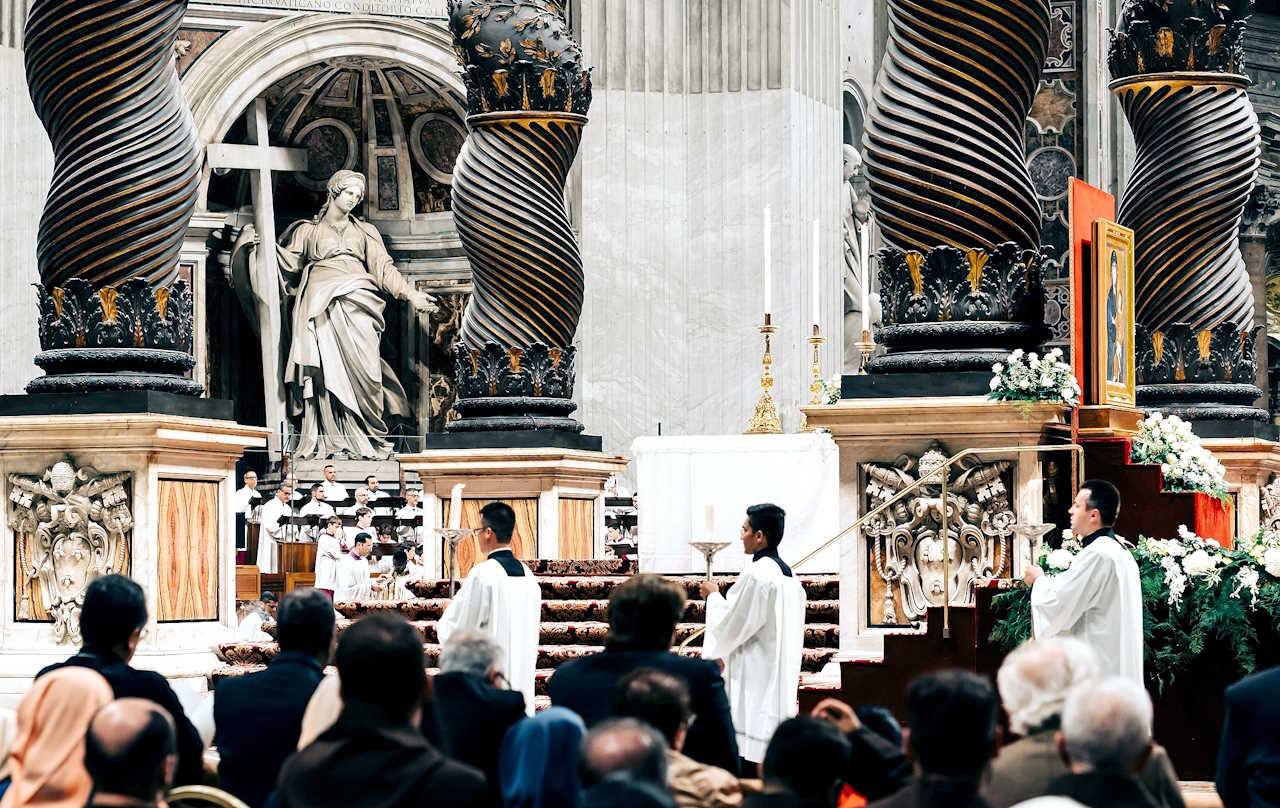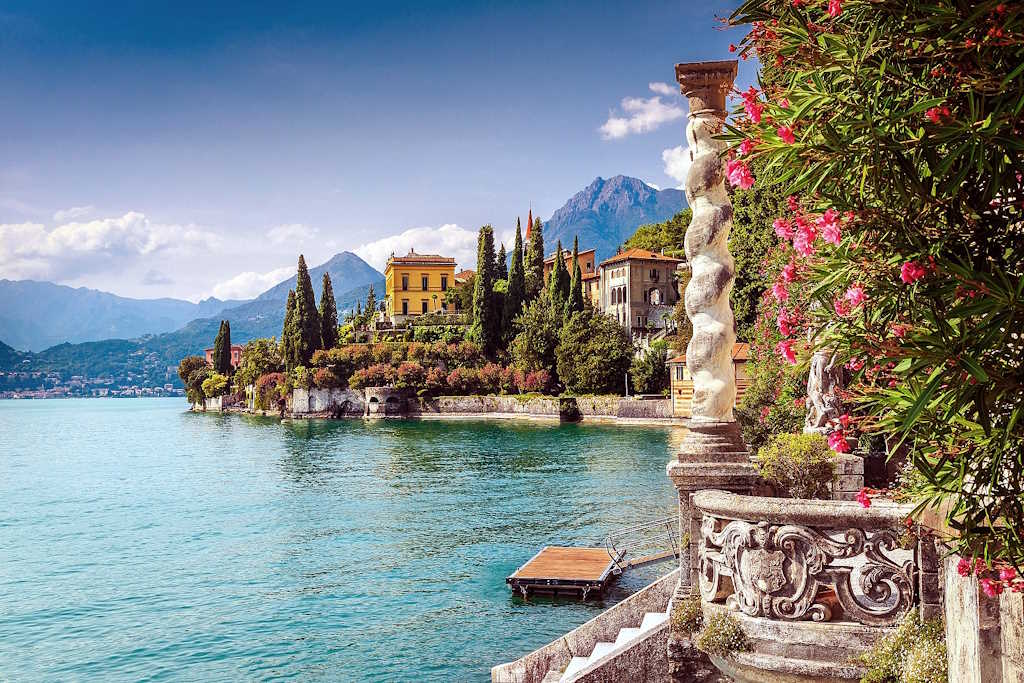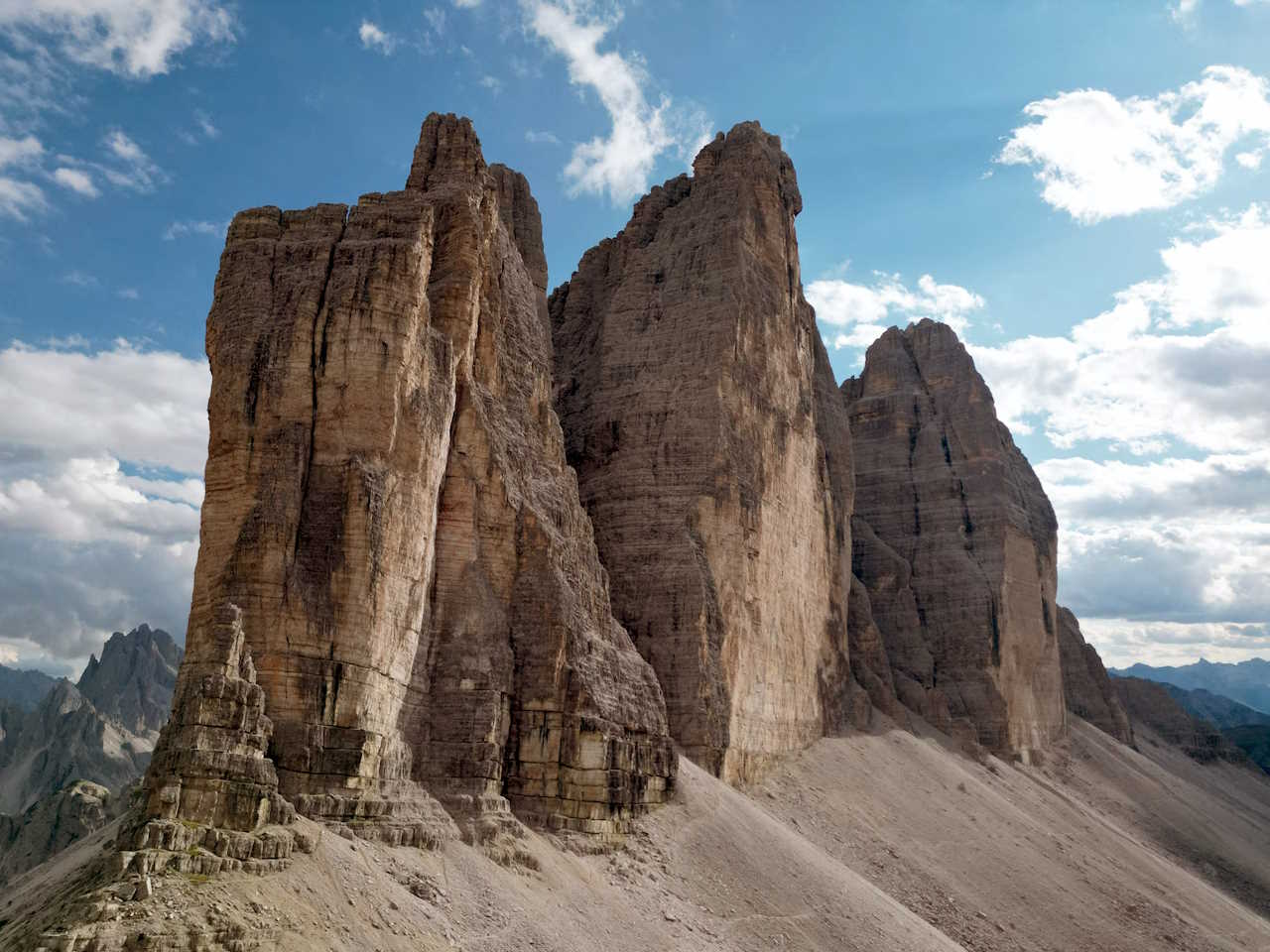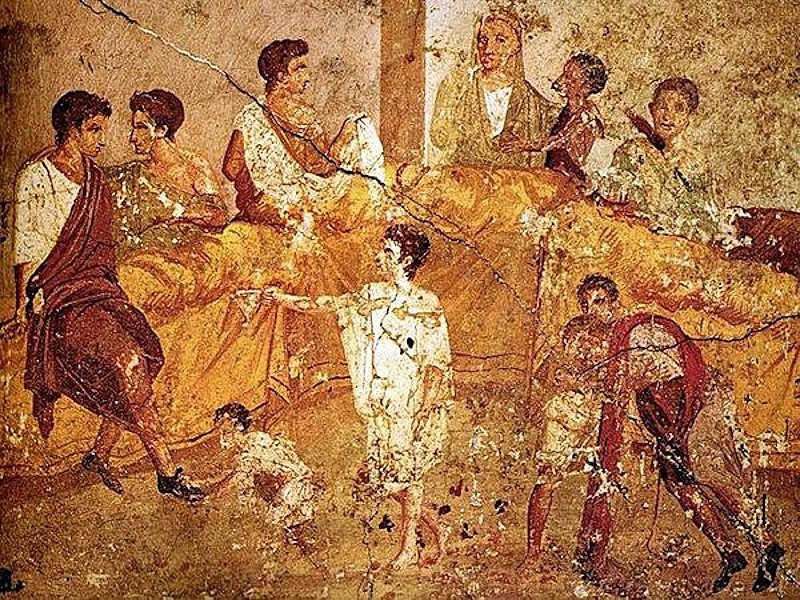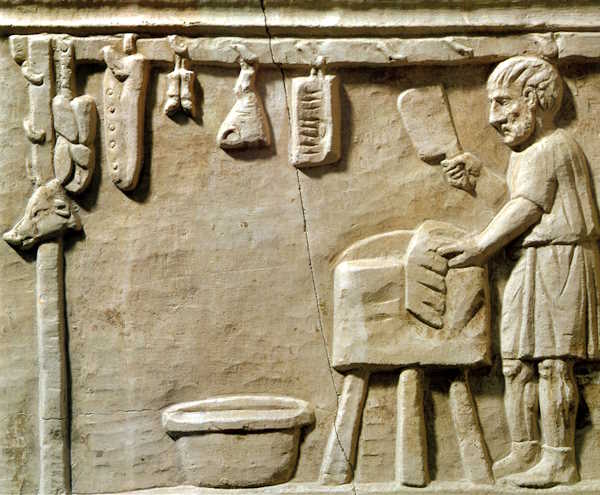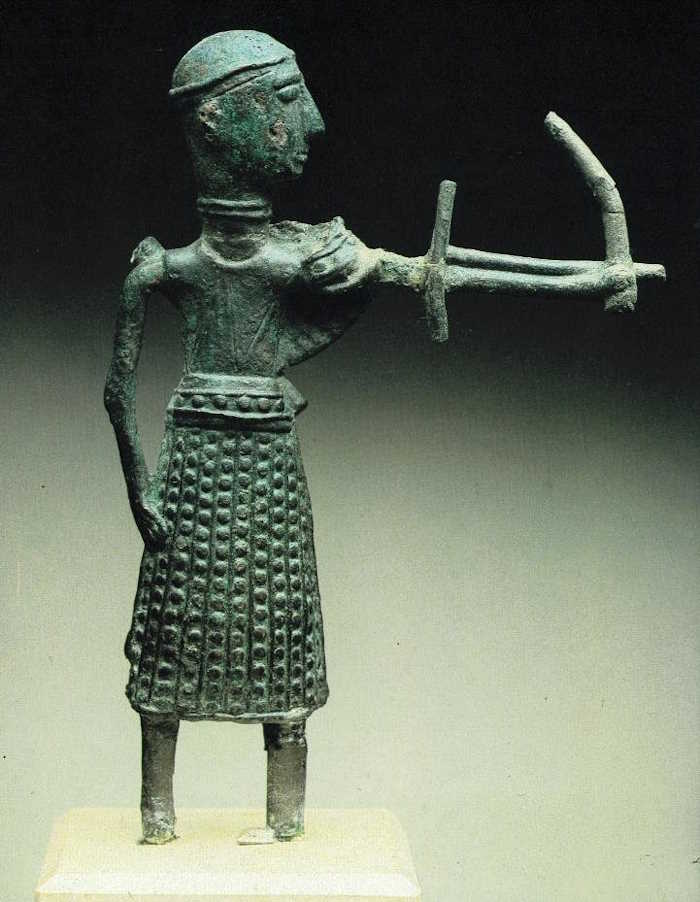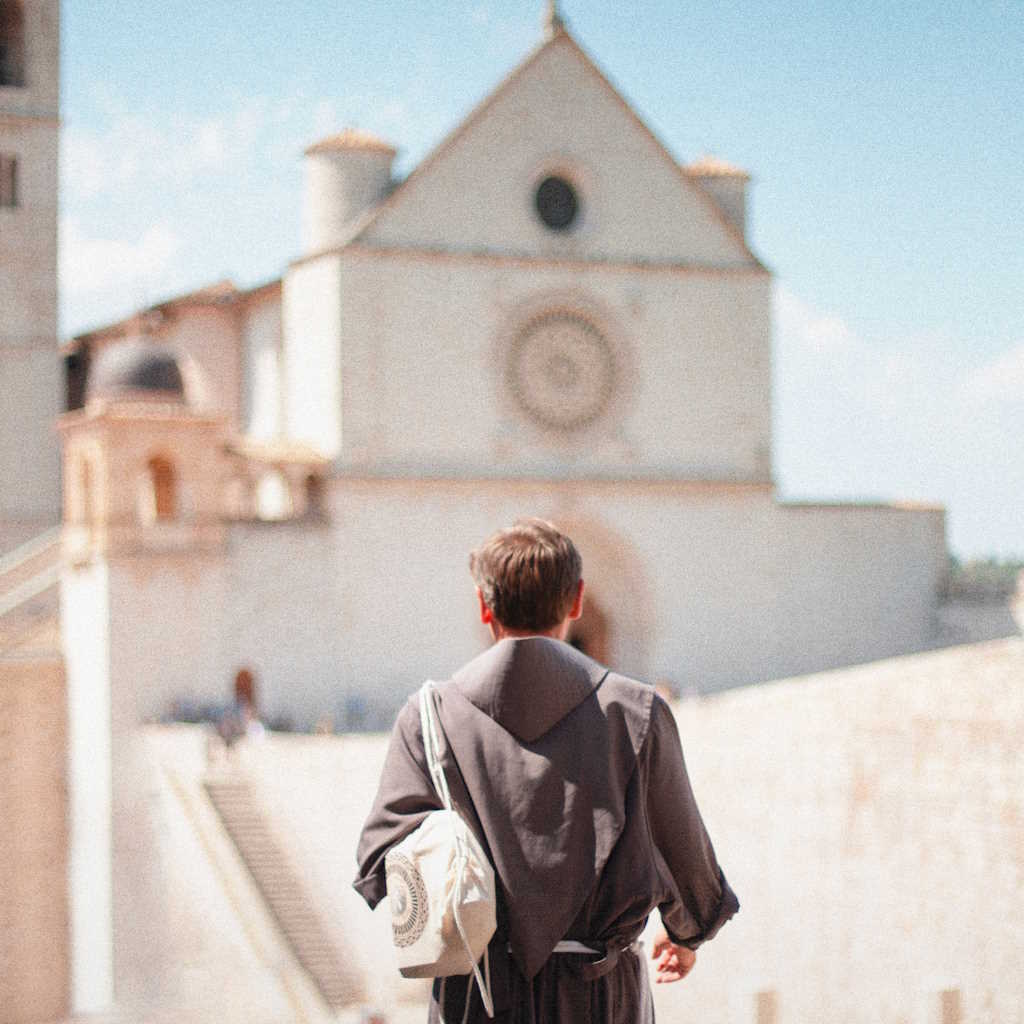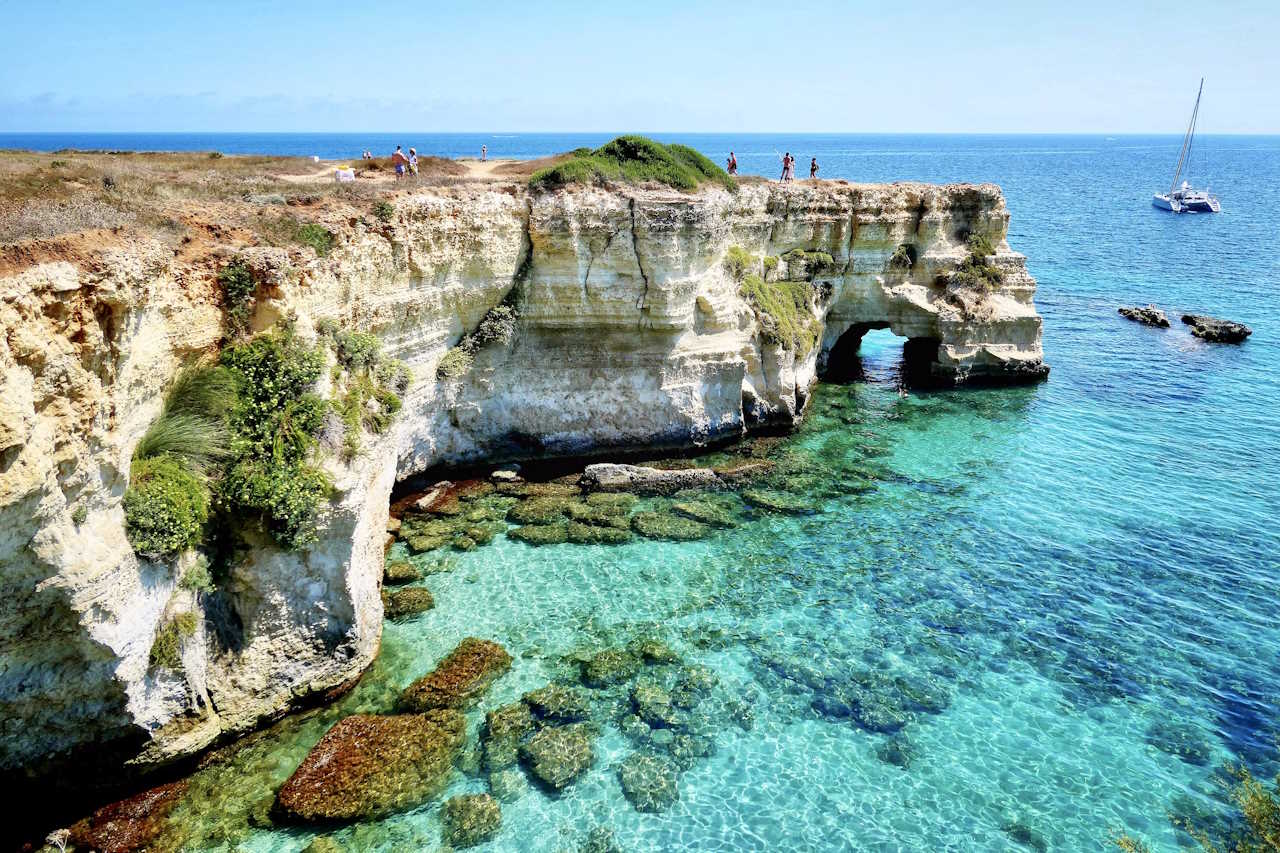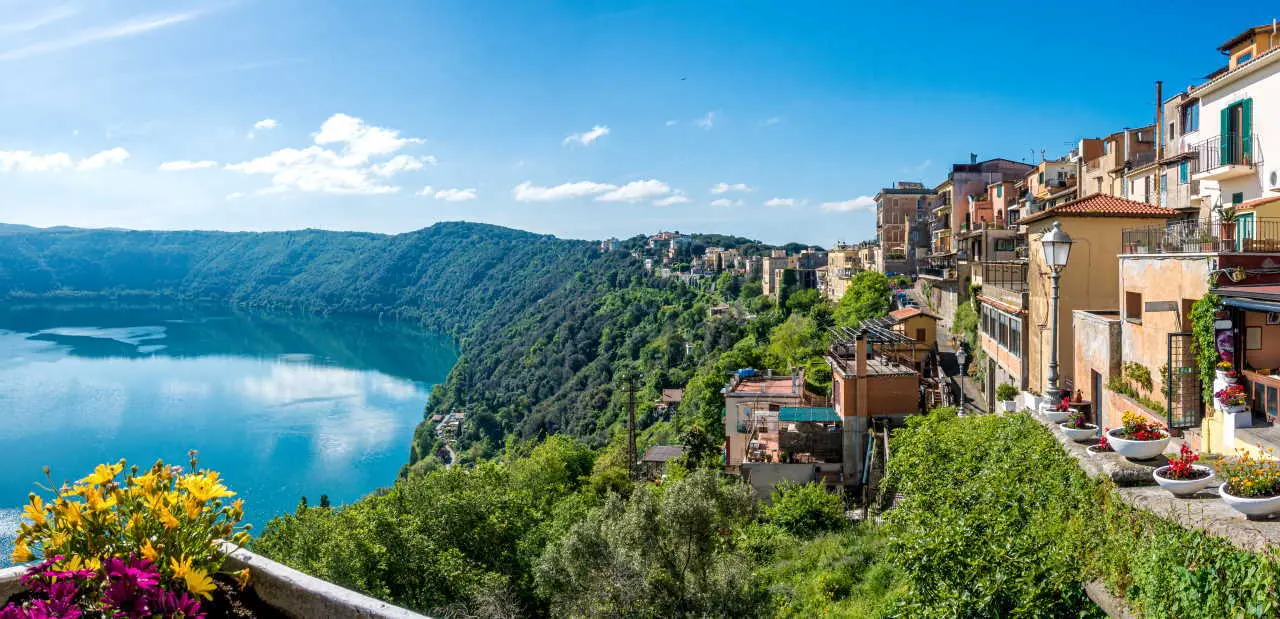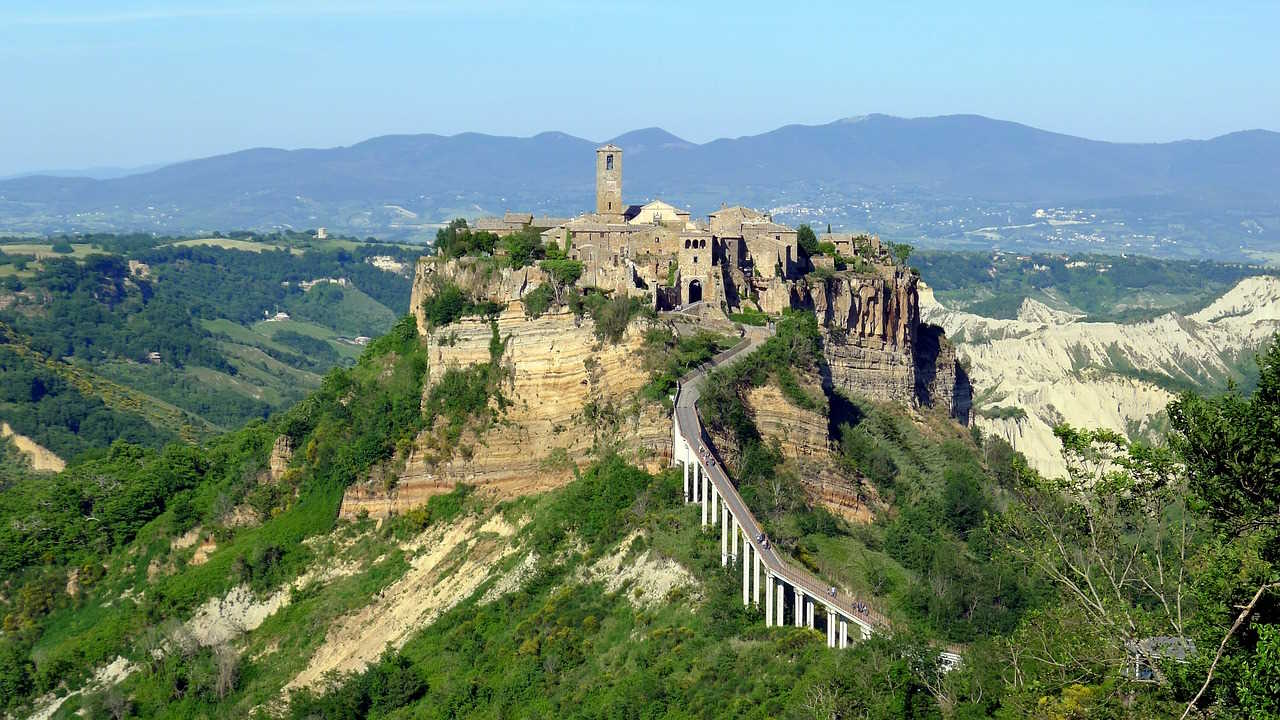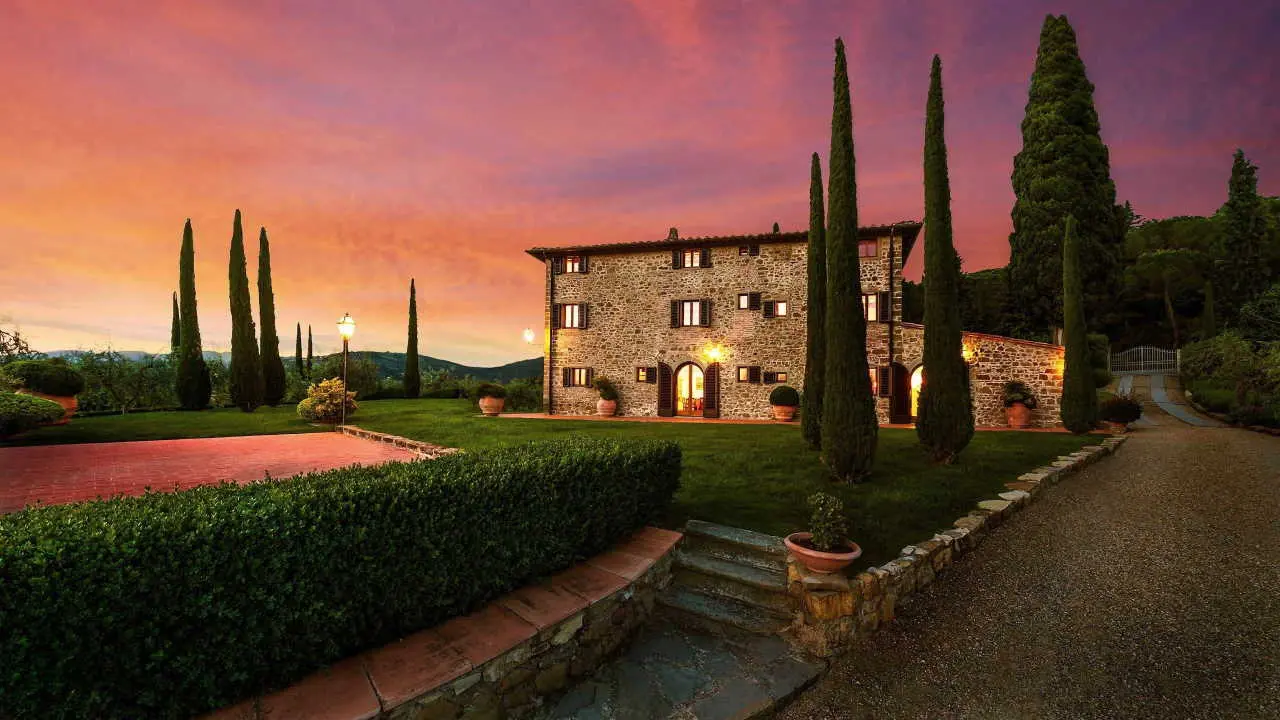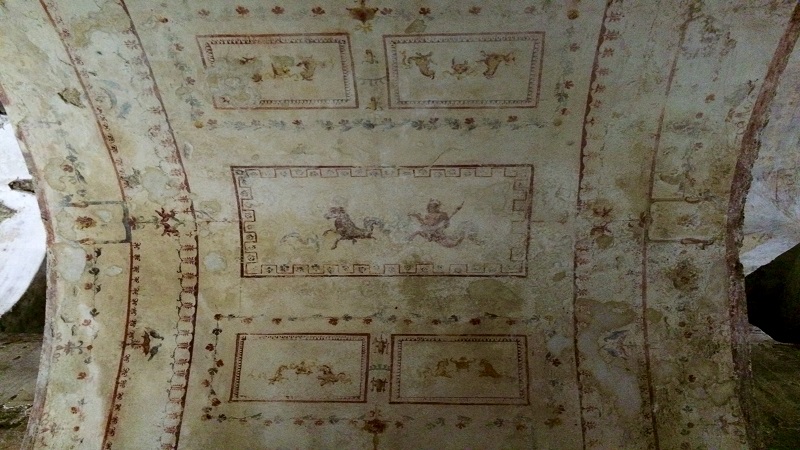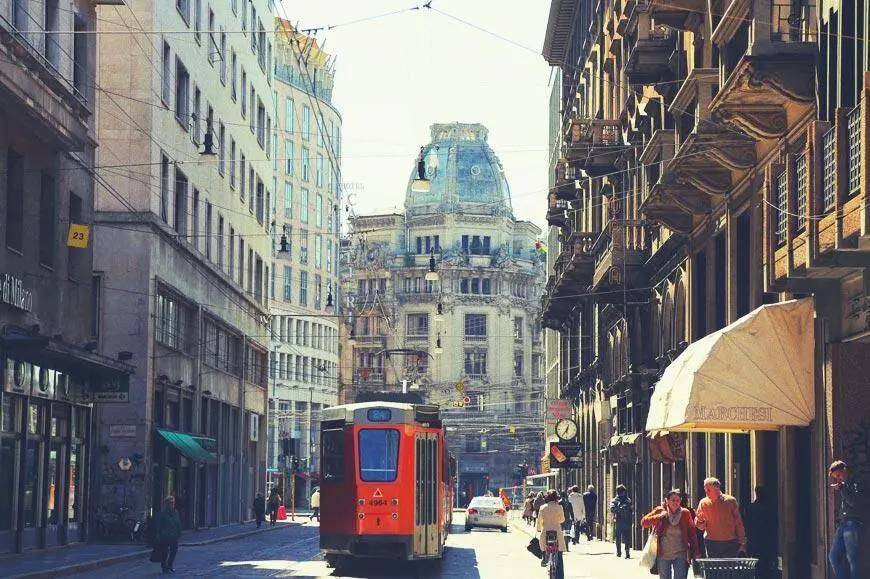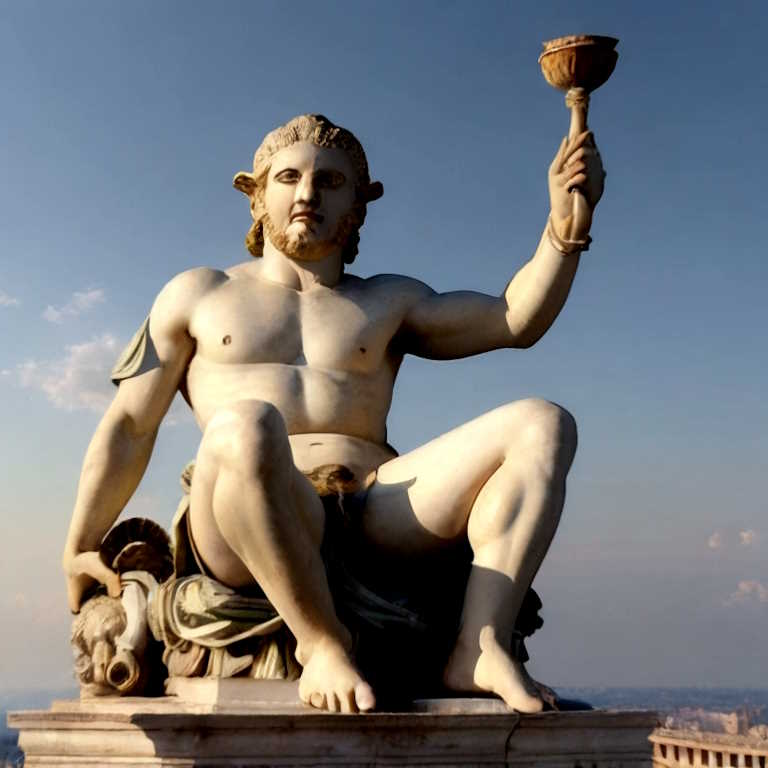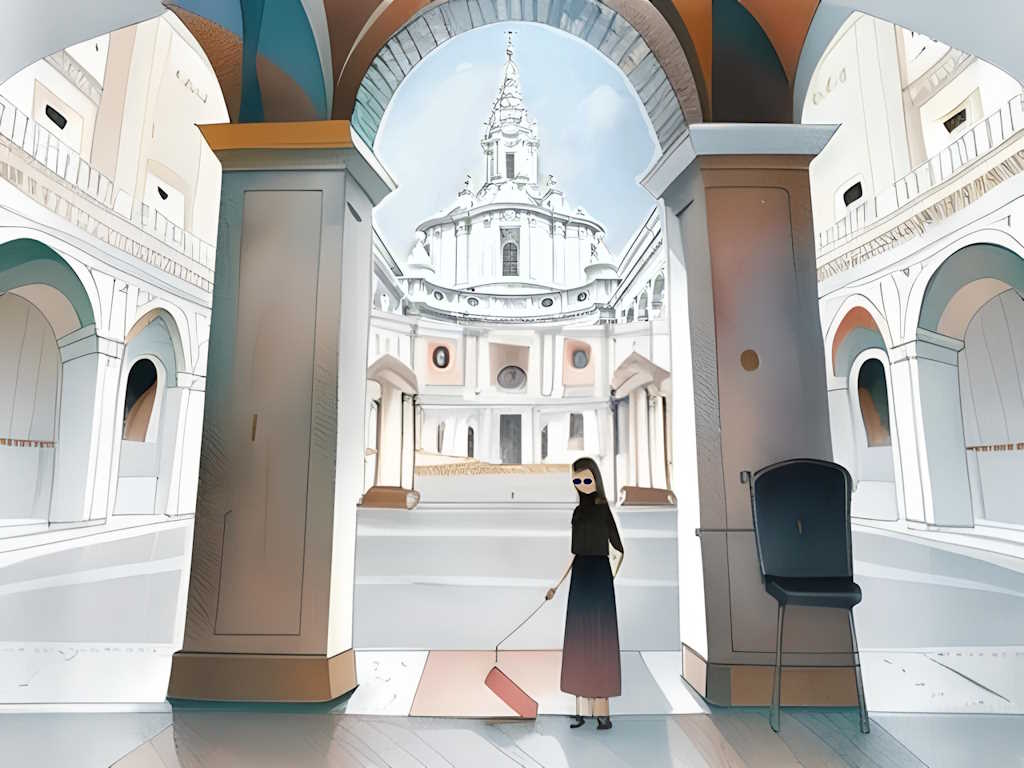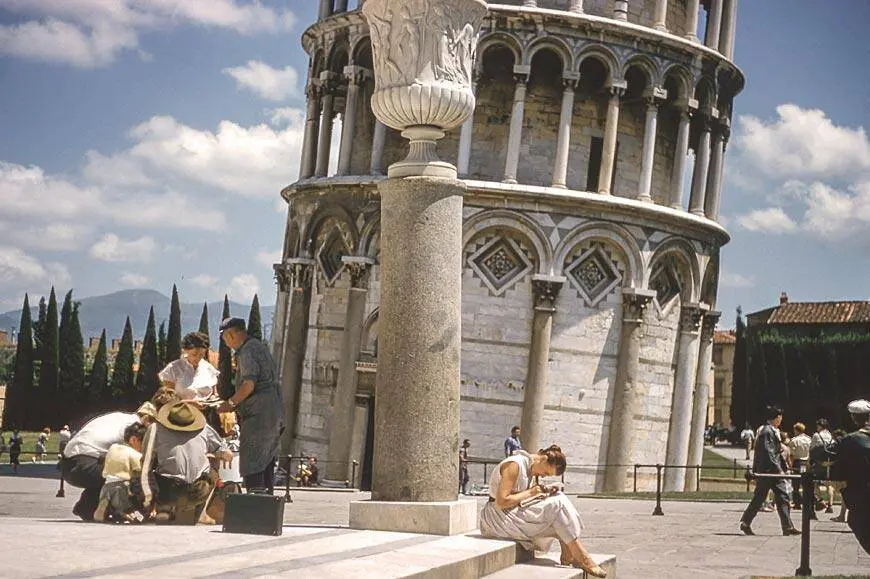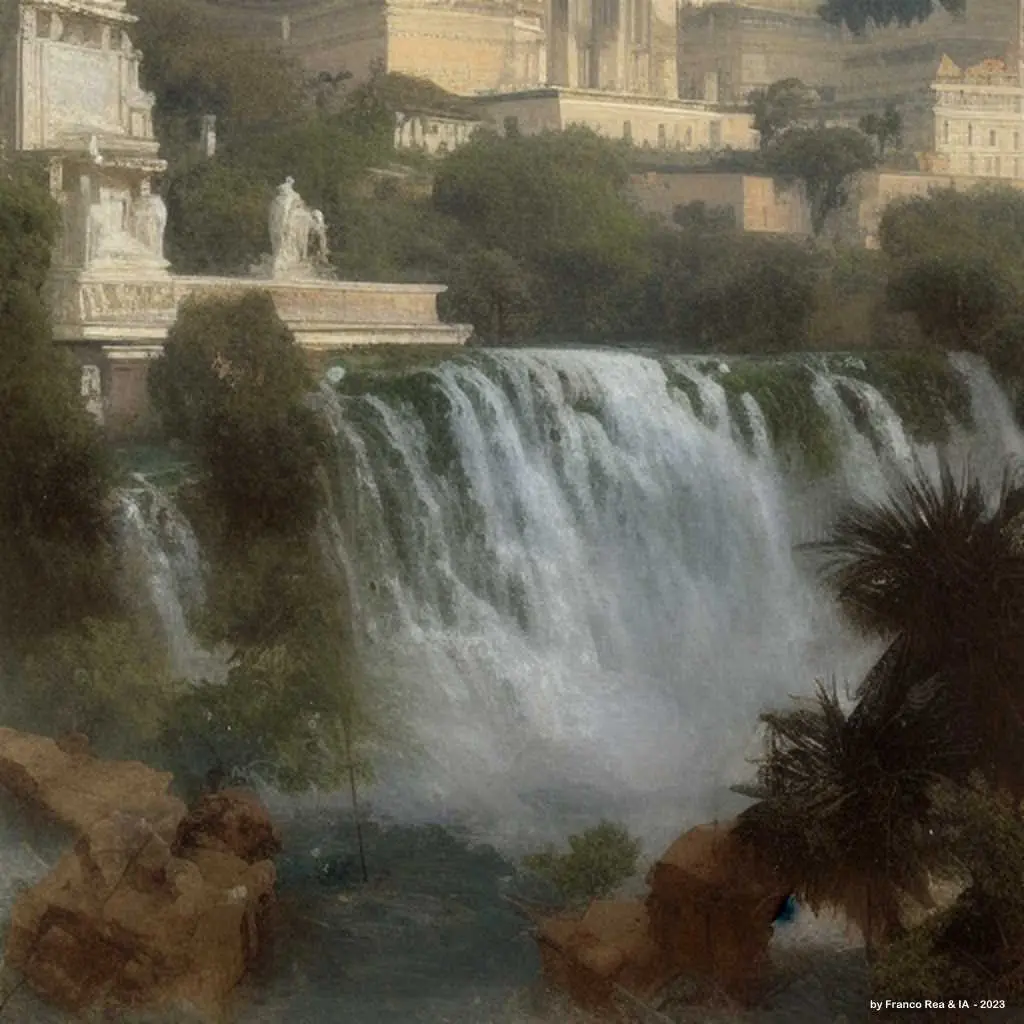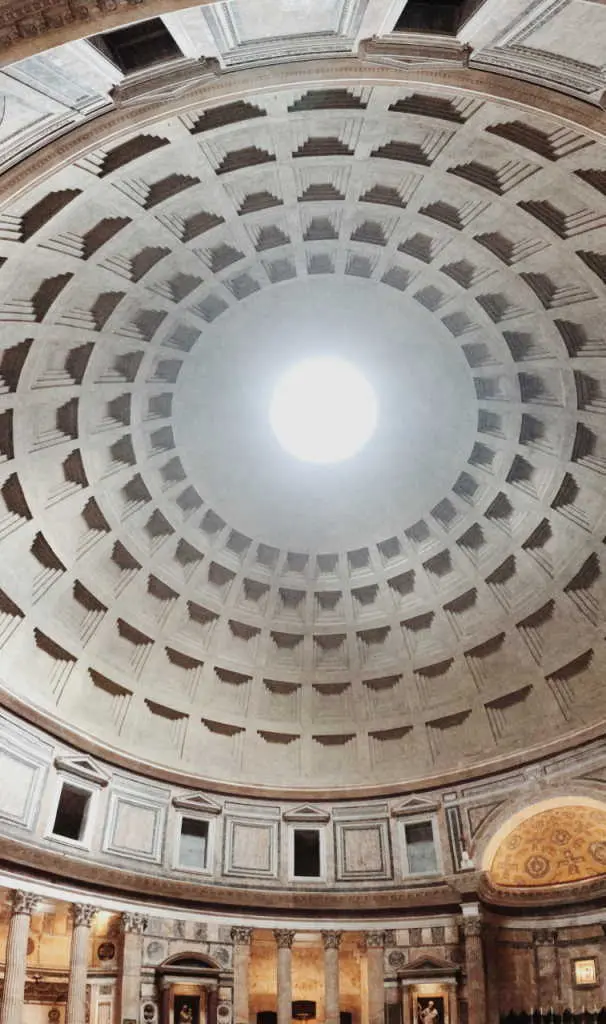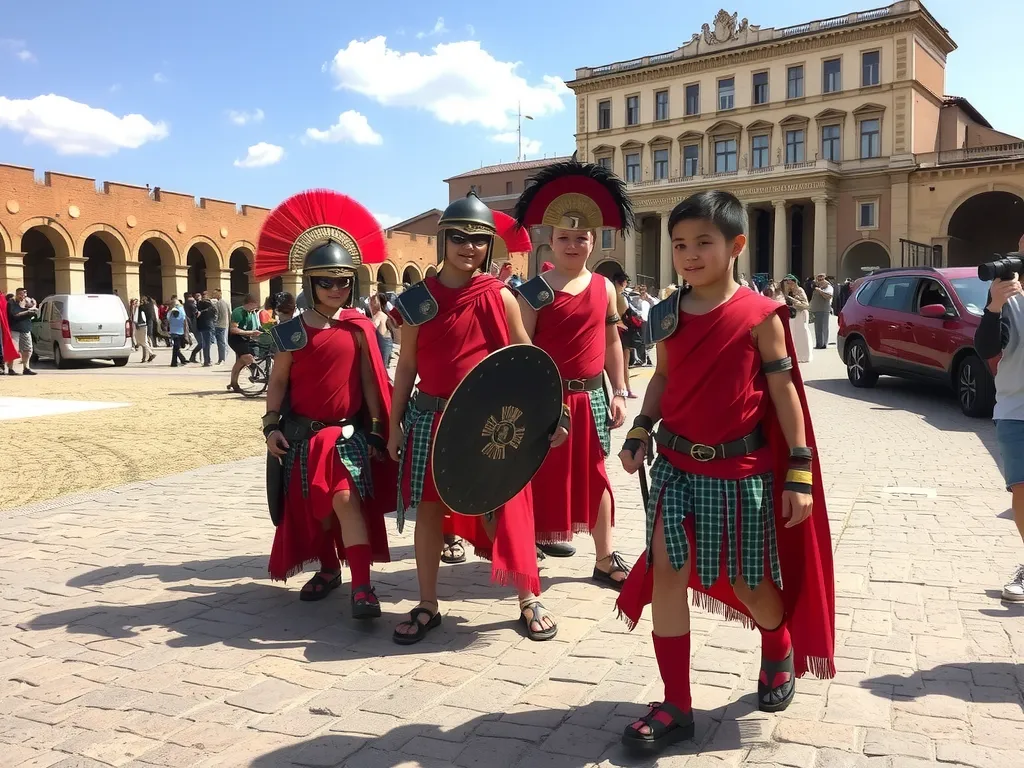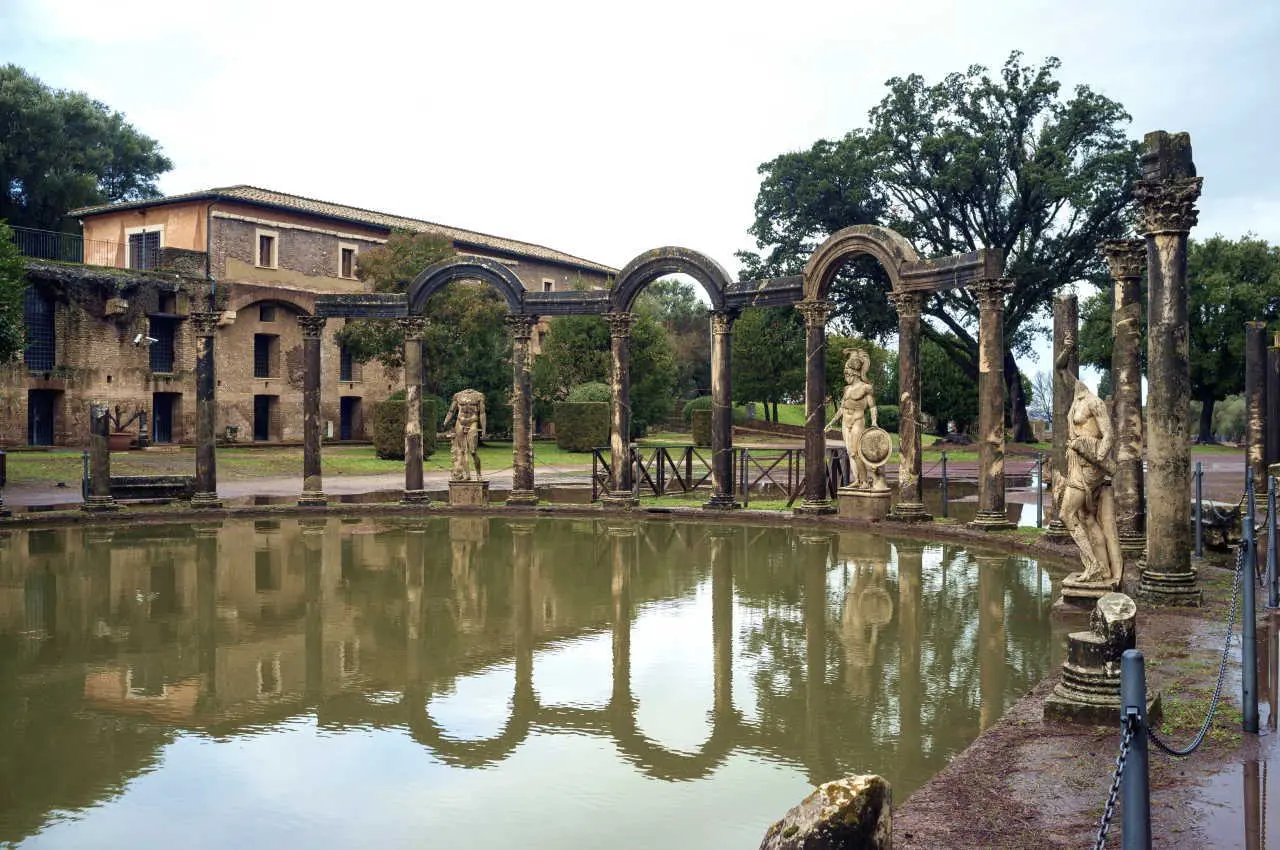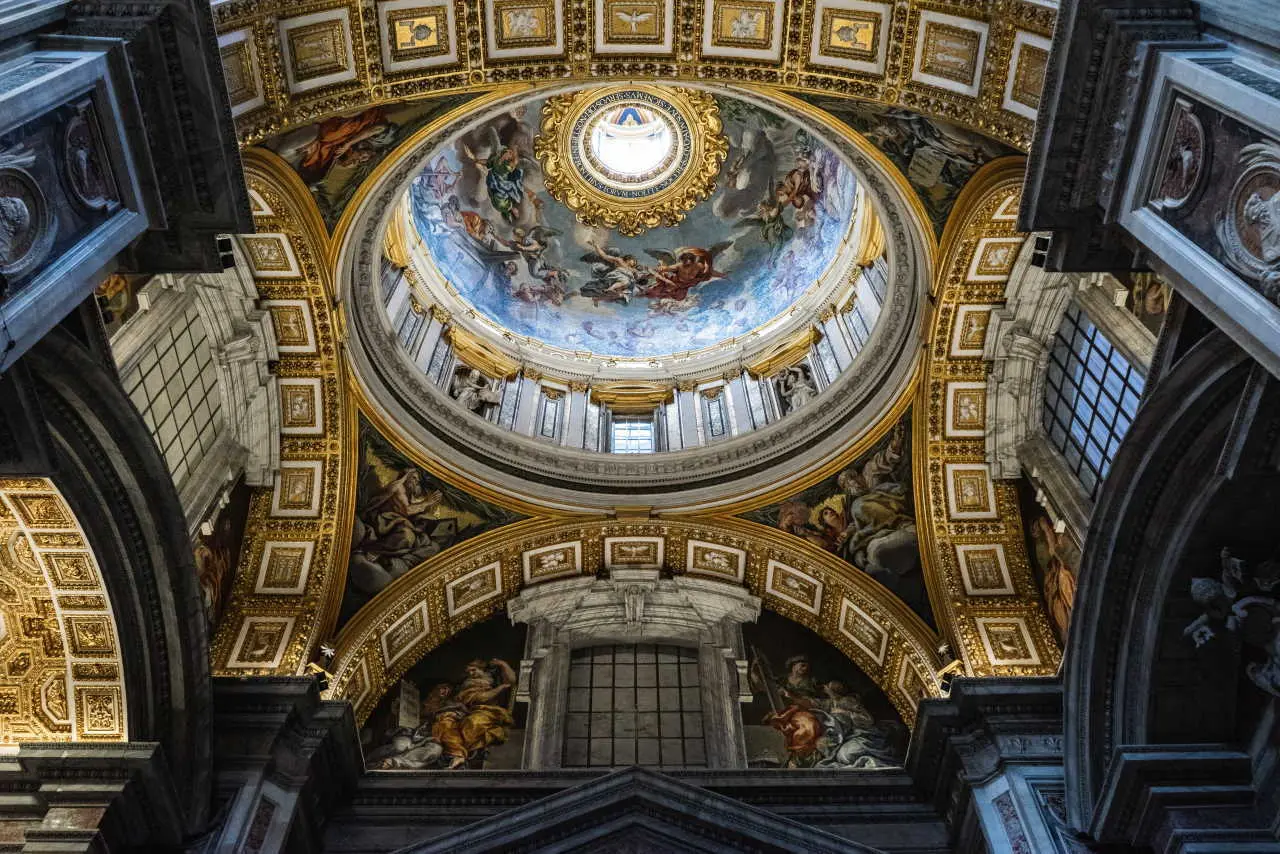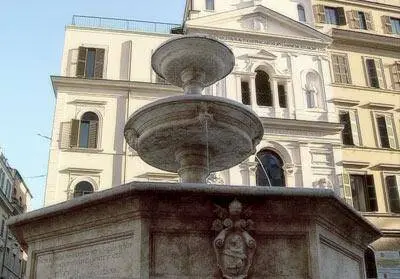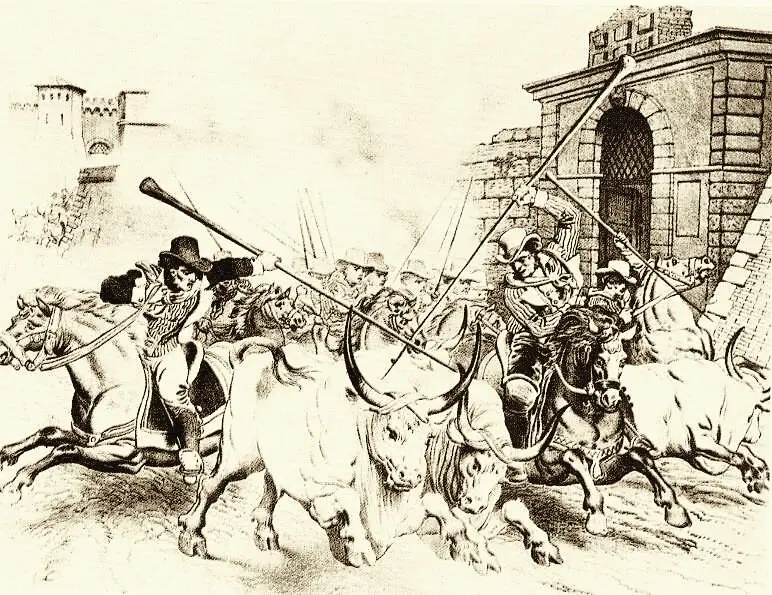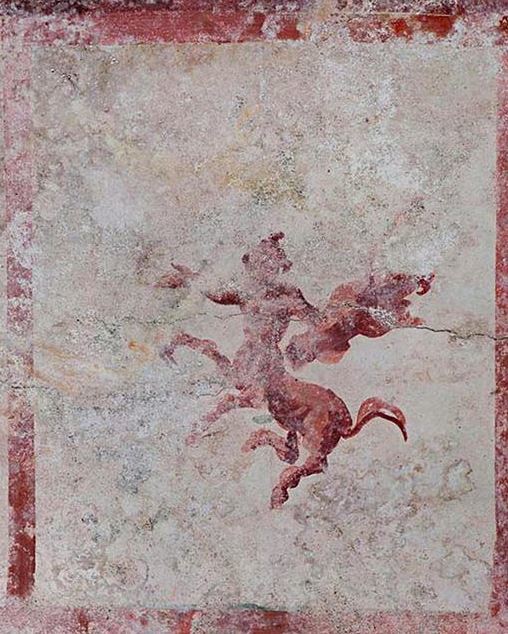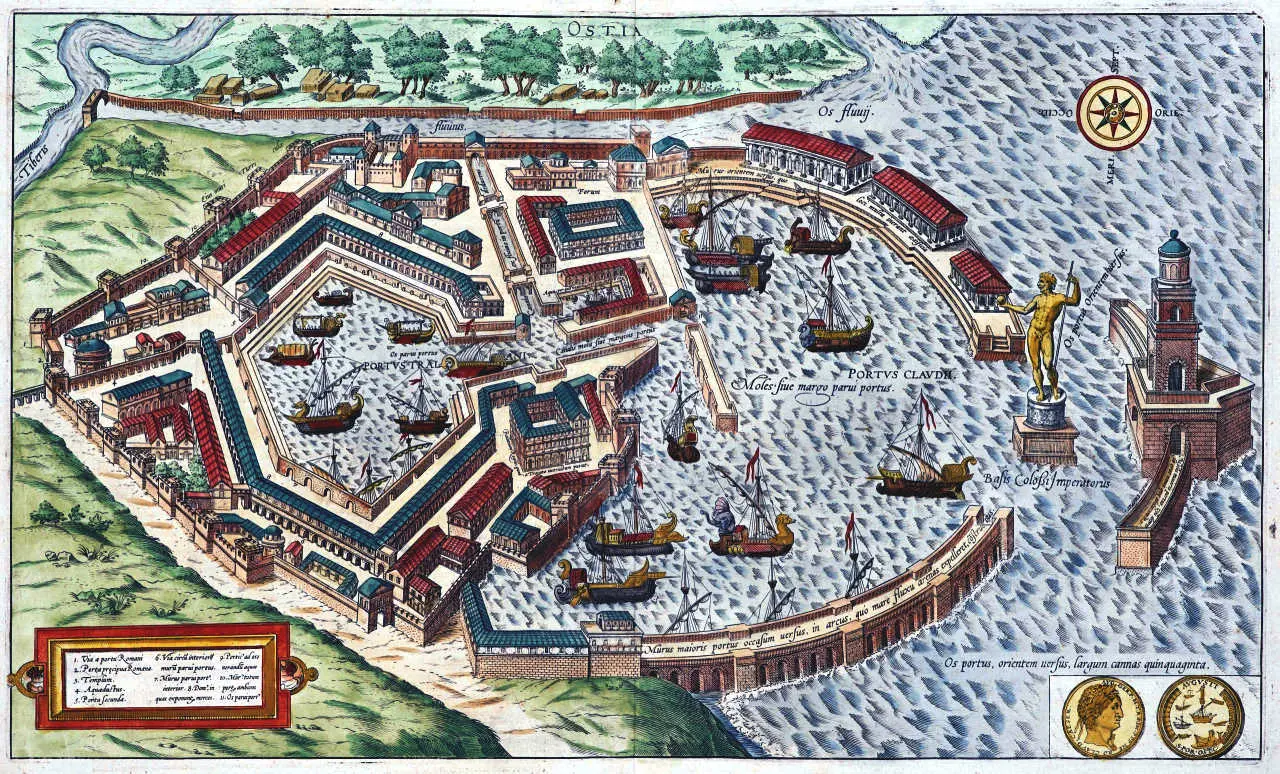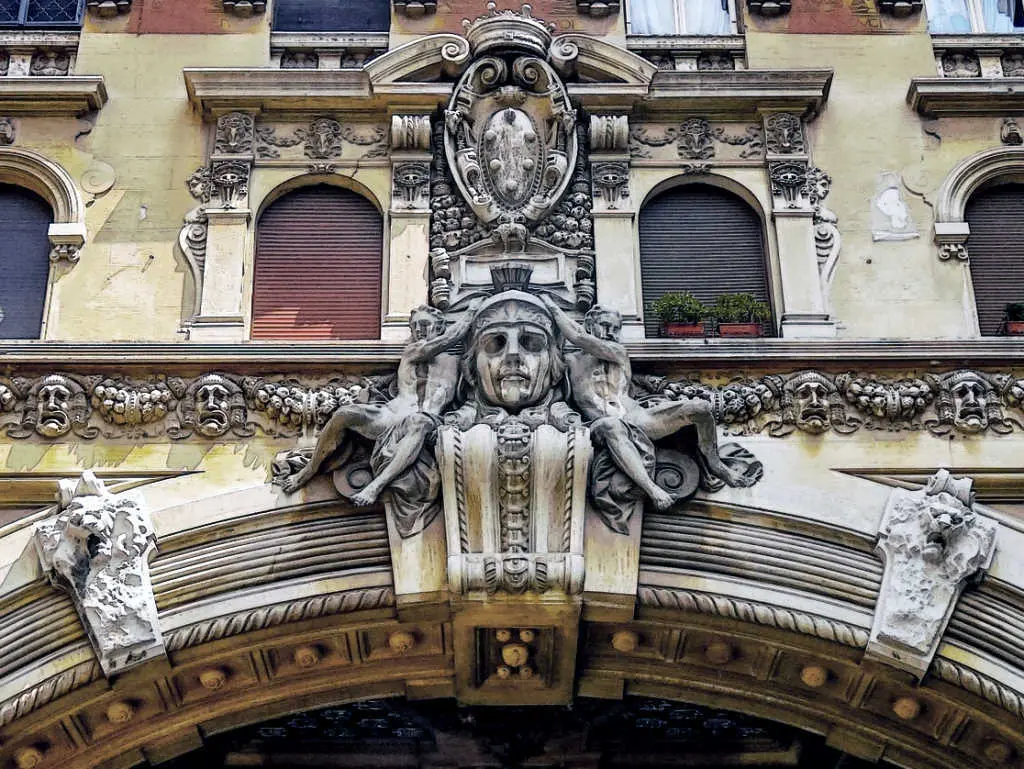the highway of Ancient Rome
Ancient Appian Way
Known as the "Queen of Roads," the ancient Appian Way in Rome is one of the most important engineering marvels of all time, a tangible testament to the greatness and mastery of Roman civilization.
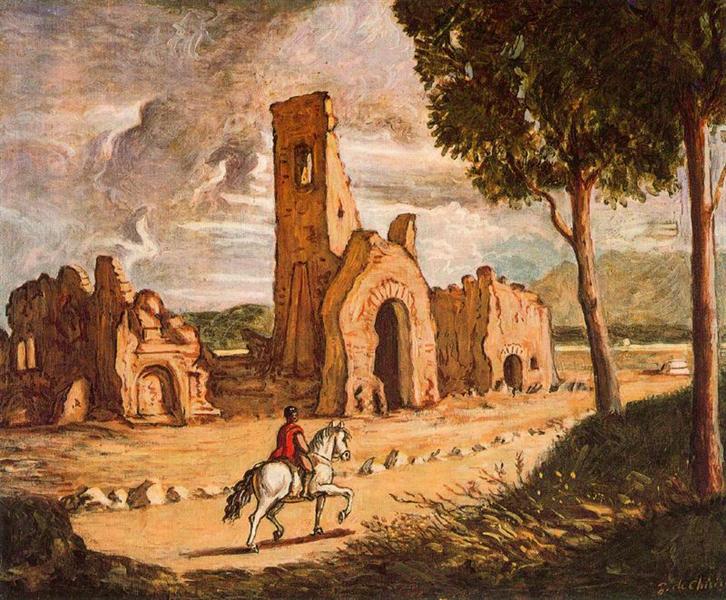
A glimpse of Roman civilization
Today the ancient Appian Way in Rome is an extraordinary archaeological site, a treasure trove of artifacts that tell a millennium-long story. Its state of preservation offers a unique glimpse into daily life at the time: you can walk or bike along stretches of the original road, admiring ancient ruins, monuments, and rural landscapes. Via Appia has also become a tourist destination, attracting visitors from all over the world.
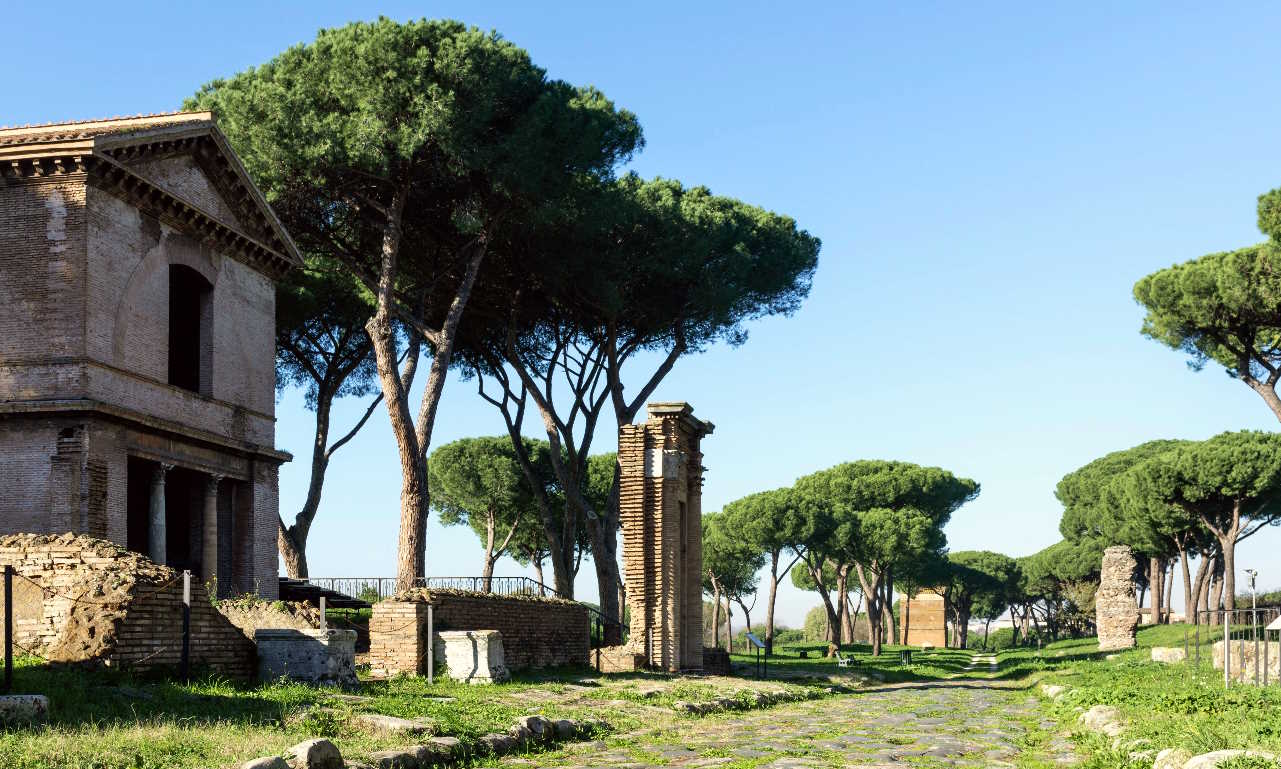
Regina Viarum
The construction of the Appian Way was an important infrastructure project in ancient Rome, carried out during the period of the Roman Republic. It was primarily intended to facilitate commerce and the transport of goods, connecting the city of Rome with the rich agricultural regions of the south and the ports on the Ionian and Tyrrhenian Seas. But the Appian Way also had significant strategic importance for the fast transport of troops, to consolidate Roman control over the Italian peninsula, and as a means of rapid deployment of forces in the event of external threats or internal rebellions.
With the weakening of the Roman Empire, many of the ancient Roman roads fell into disuse and ruin. During the medieval period, the Appian Way underwent alterations and transformations, but parts of it were still used for transit and communication between cities. In the modern age, there were various attempts to restore and preserve the Appian Way. Popes such as Pius IV and Sixtus V undertook restoration projects to keep the ancient Roman road alive. In the 19th century, interest in preserving and restoring the Appian Way grew. During World War II, the Appian Way was damaged, but post-war efforts contributed to its restoration. Throughout the 20th century and beyond, the Appian Way – a tangible connection between the past and present – has continued to be preserved as a historical and cultural heritage.
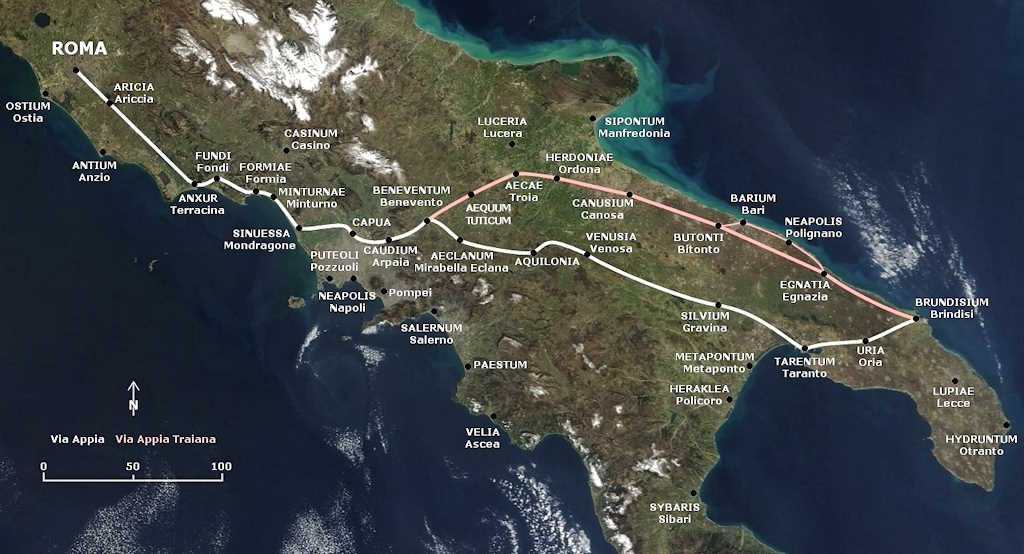
The construction of the Ancient Appian Way
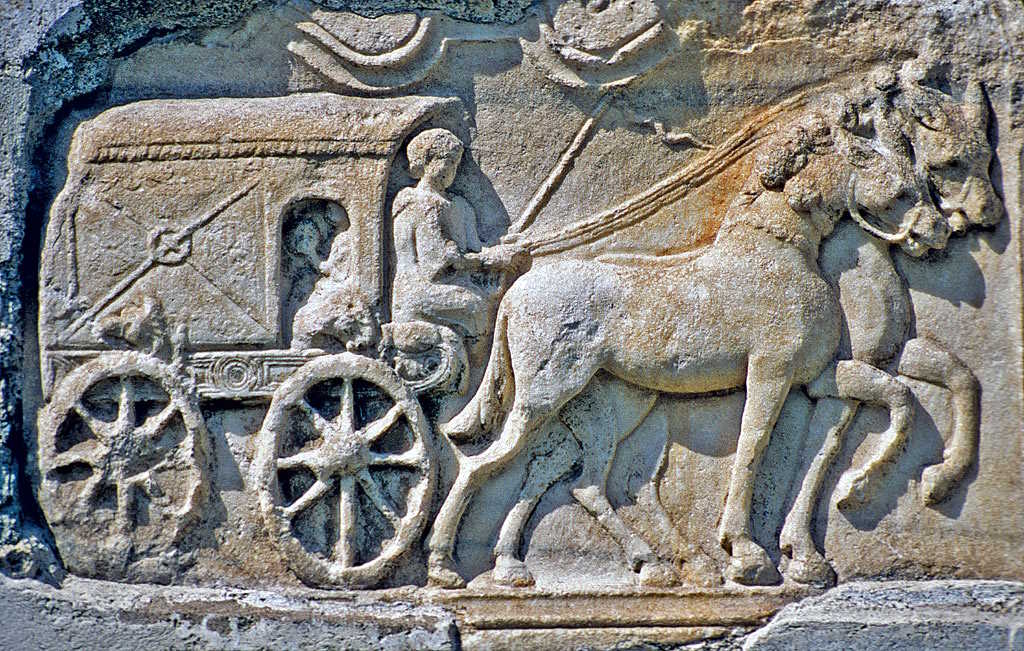
During the Roman Republic in the 4th century BCE, the economic growth of Rome and the expansion of its territories created the need for an efficient road network to facilitate trade and control the provinces. The decision to build the Appian Way was made by Appius Claudius Caecus, who succeeded in gaining the support of the Roman Senate for the project. The road would stretch from the Roman Forum to Capua, a city approximately 200 kilometers south of Rome, and was later extended to Brindisi. This road integrated into a broader network connecting various regions of the Empire.
The Appian Way had an average width of about 4 meters and was designed to allow the passage of two carts side by side, making it wider than other Roman roads of the time.
The construction required advanced engineering skills to address various geographical obstacles and ensure the durability and solidity of the road.
Surveying: The surveying of the road was a fundamental step. Romans used water levels (tools similar to a level) to ensure a horizontal path. This was essential for the stability of the road and proper drainage of rainwater.
Road Base: The road was built on a sturdy foundation of compacted gravel and stones, known as “statumen.” This structure provided stability and facilitated water drainage.
Substructure: Above the base, a layer of concrete or Roman mortar called “rudus” was laid. This layer, often composed of stone fragments or pebbles mixed with lime and sand, provided strength to the road.
Pavement: The road surface was finished with polished stone slabs or pebbles embedded in mortar, creating a broad and durable pavement. This part of the road was called “summa crusta.”
Road Edges and Mounds: Road edges were often marked by raised sidewalks, known as “crepidines,” which served both to delineate the path and prevent rainwater from invading the road. In the center, mounds were created for drainage and improved stability. Every mile had a milestone.
Bridges and Drainage: Where the road crossed watercourses or marshy terrain, stone bridges were constructed. Additionally, drainage systems, such as ditches and channels, were created to prevent flooding and road damage.
Postal Stations: Postal stations were stopping points along Roman roads, including the Appian Way, where travelers could change horses, rest, and receive other services. Some features of postal stations included the Mansio, a hotel-like structure with accommodation and food services; the Mutatio, a changing point where travelers could replace tired horses with fresh ones; the Tabernae, inns where travelers could purchase goods or refresh themselves; and military stations to facilitate the movement of troops.
The road required constant maintenance. The paving stones had to be regularly repaired or replaced due to wear from traffic and weather.
The Appian Way is an excellent example of how ancient Romans used local materials and advanced engineering techniques to build durable and functional roads. The combination of a robust foundation, precise pavement, and adequate width contributed to the success and longevity of this road.
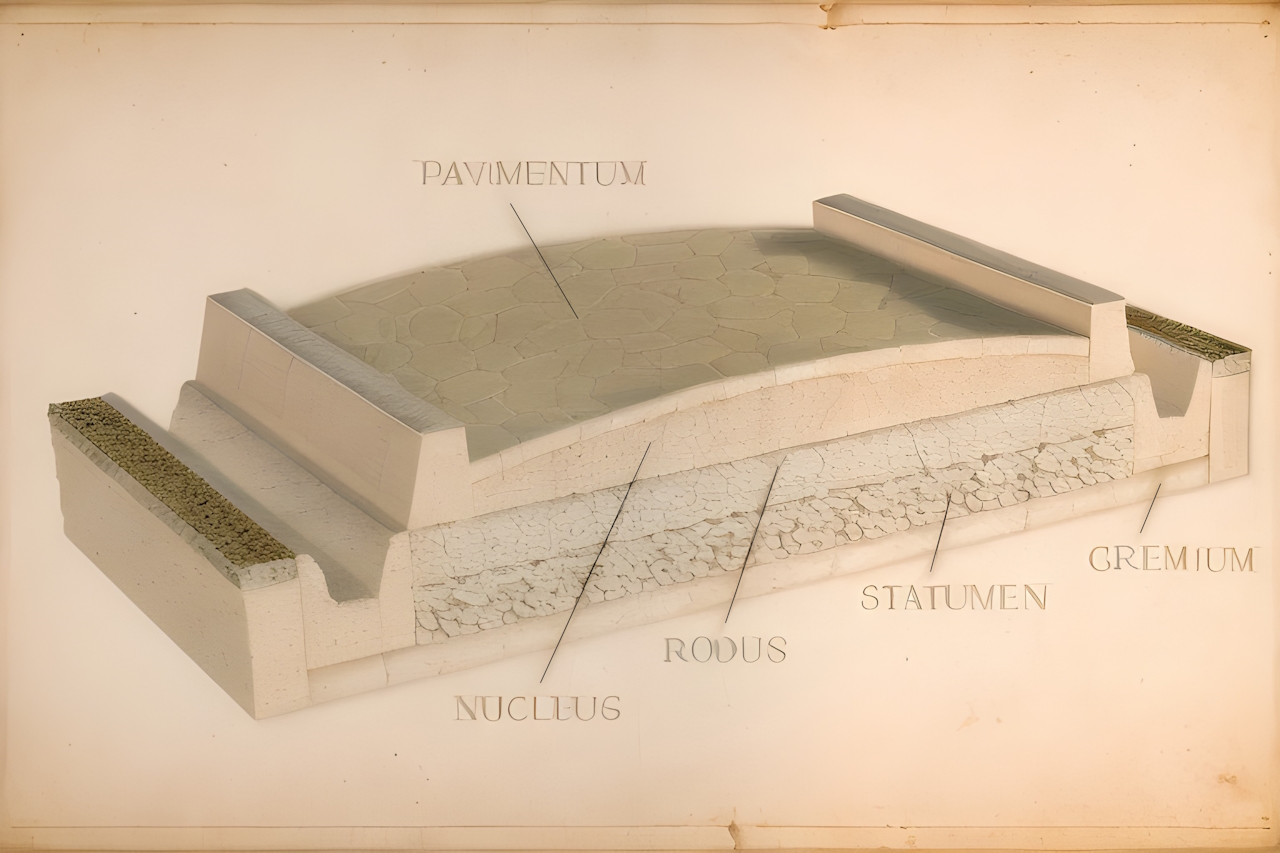
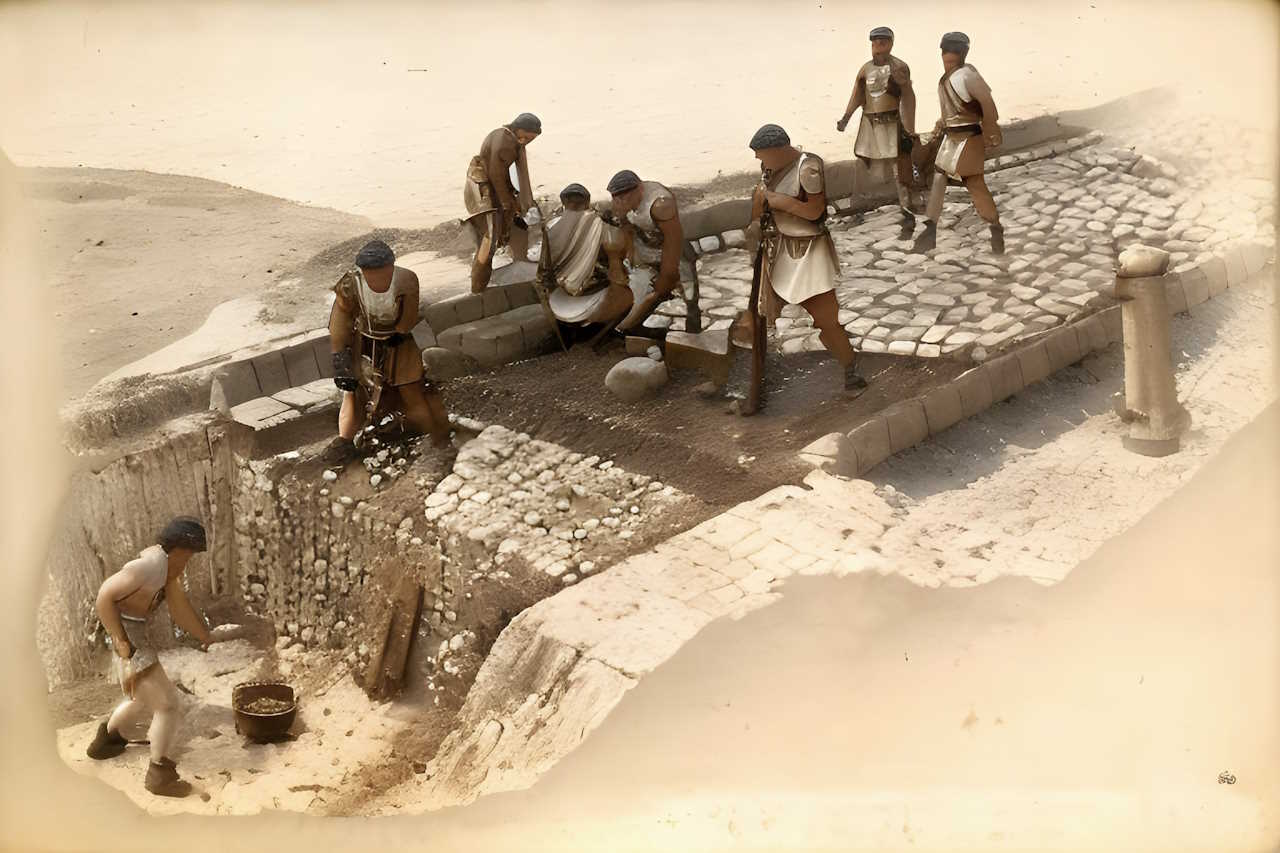
Some of the monuments still visible along the Ancient Appian Way near Rome
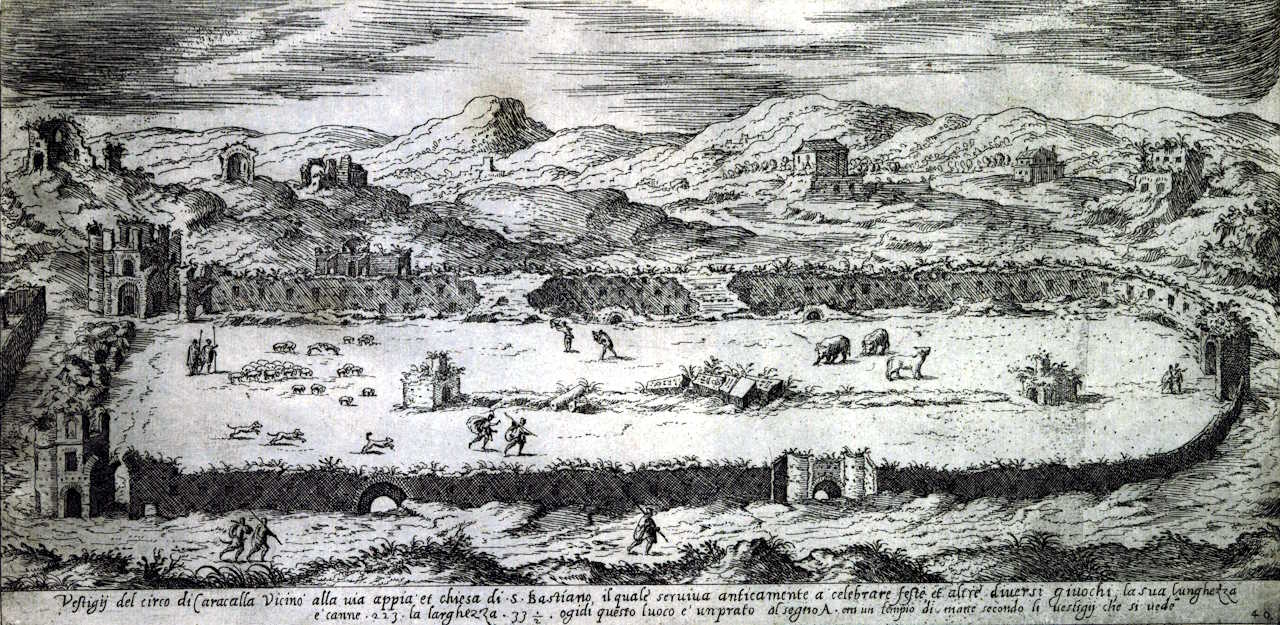
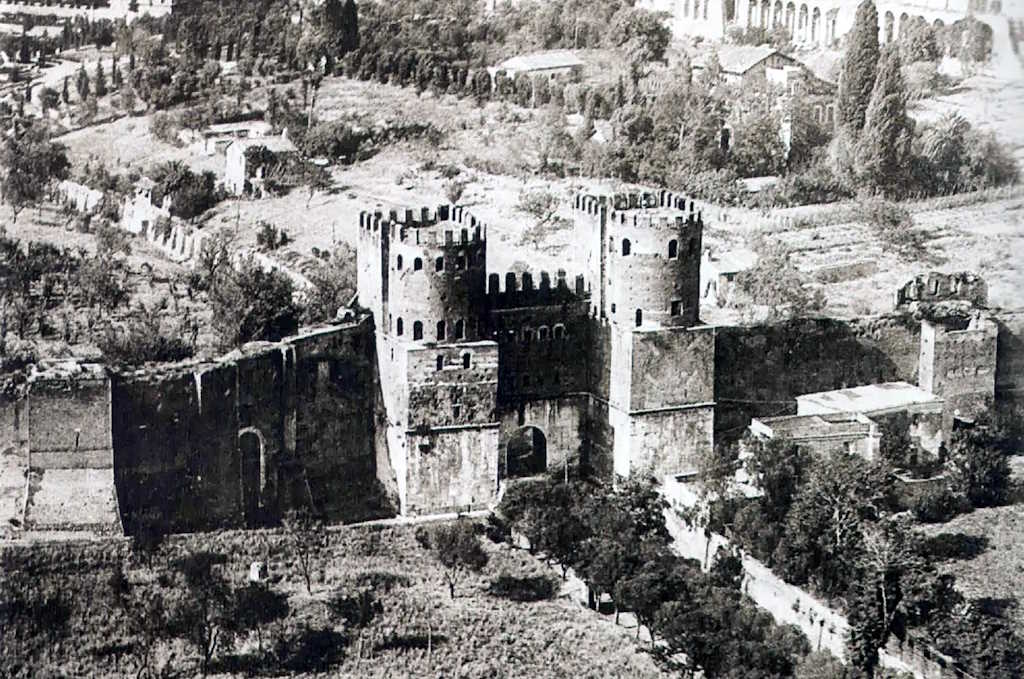
Saint Sebastian Gate (Appian Gate)
The gate in question is an absolute treasure, nestled at the very start of the legendary Appian Way in Rome. This gate is steeped in history and forms a vital part of the monumental Aurelian walls that are famously linked to ancient Rome. With immense pride, this gate represents one of the most important ancient entrances to the city of Rome and is considered a true wonder by historians and tourists alike. Given the tremendous cultural significance and miraculous design of this structure, it is no wonder why people flock to see it, admire it and study it in great detail. Its legacy continues to inspire awe and fascination, making it a must-visit attraction for anyone seeking to uncover the secrets of ancient Rome.
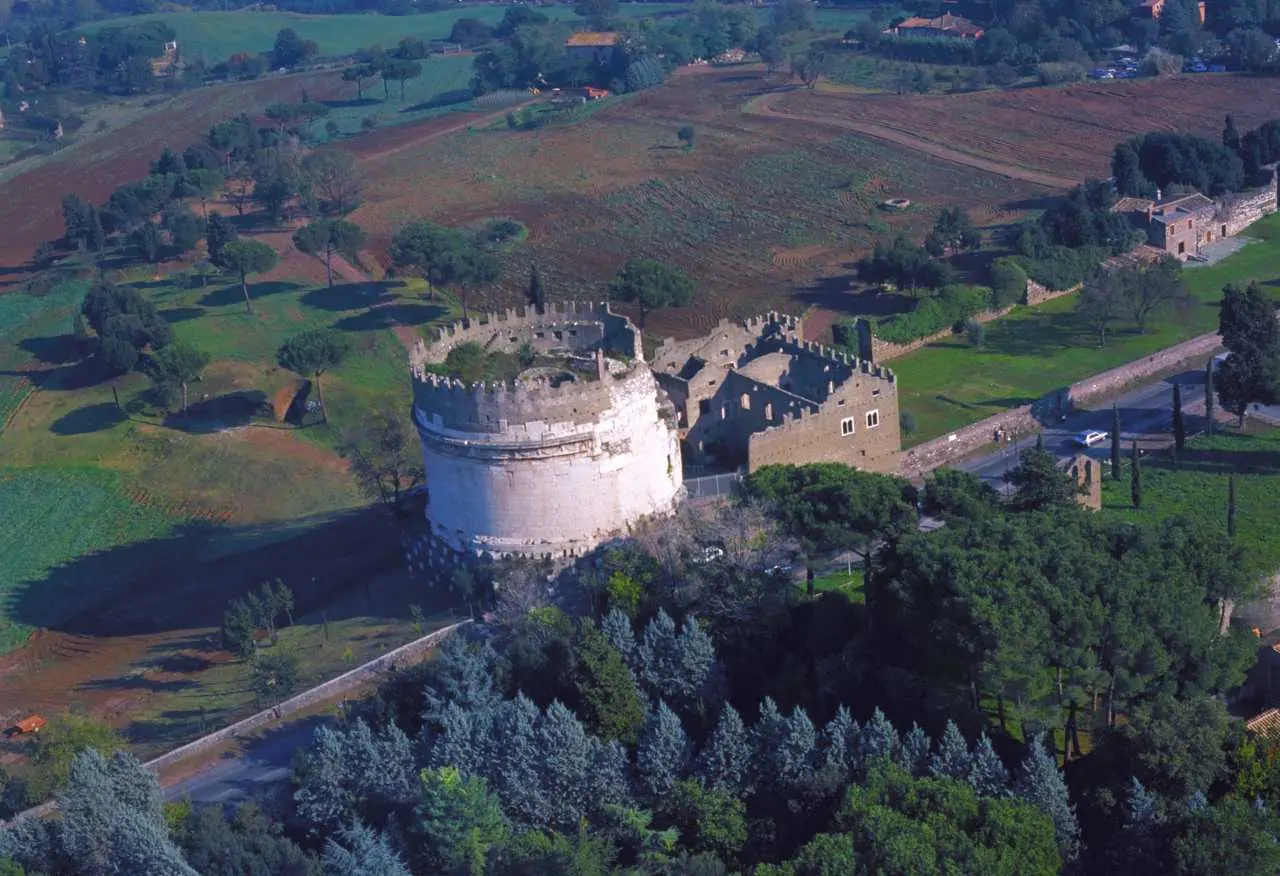
Cecilia Metella's Mausoleum
Cecilia Metella's Mausoleum is an ancient Roman tomb located on the Appian Way. Built in the 1st century AD, the tomb is a cylindrical structure made of travertine marble and stands approximately 40 meters tall. Originally intended to house the remains of Cecilia Metella, a wealthy Roman noblewoman, the mausoleum has had several different uses throughout history. It has been a fortified castle, a Renaissance villa, and even a model for other buildings. Today, it is a popular tourist attraction and a reminder of the ancient history and architecture of Rome. The mausoleum is characterized by its impressive size, intricate details, and commanding presence along the Appian Way.
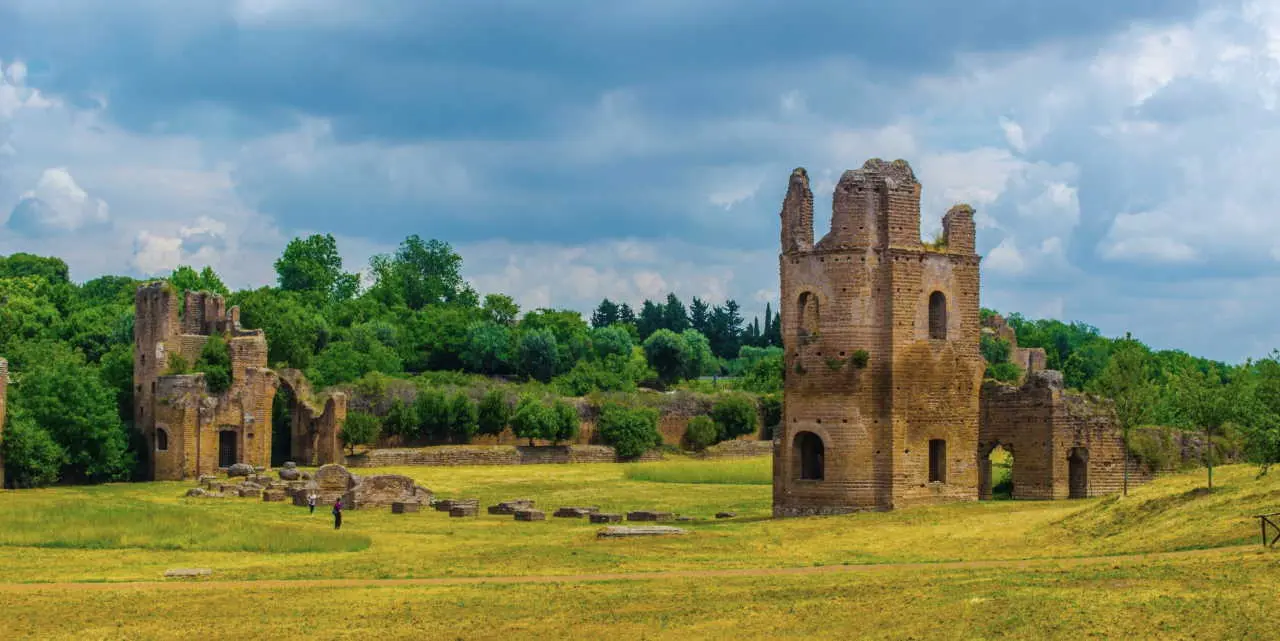
Circus Maxentius
Circus Maxentius is an ancient Roman chariot racing stadium located in Rome, Italy. It was built during the 4th century AD by the Emperor Maxentius, who ruled Rome from 306 to 312 AD. The circus was used for chariot races, which were popular events in ancient Rome, and other public spectacles, such as gladiator fights and animal hunts. The circus is one of the largest and best-preserved Roman circuses in the world, with a length of 325 meters and a width of 100 meters. The seating capacity was estimated to be around 10,000 people. Today, visitors can explore the remaining ruins of the circus and learn about the history of ancient Rome.
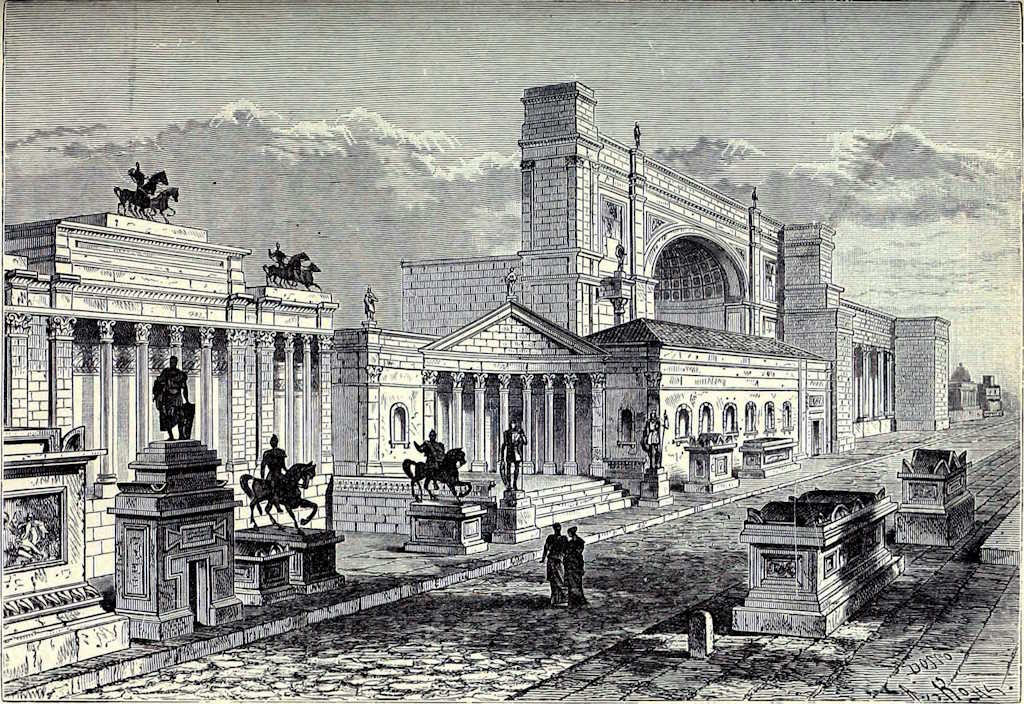
Villa dei Quintili
Villa dei Quintili is an ancient Roman villa located on the Appian Way in Rome, Italy. It was built in the second century AD and was the largest villa in ancient Rome, covering an area of over 16 acres. The villa was home to several important Roman figures, including Emperor Commodus, who acquired the property in the late second century. Villa dei Quintili is famous for its extensive and well-preserved ruins, which offer insight into the opulent lifestyles of the elite during the Roman Empire. The villa features a number of impressive structures, including a large thermal bath complex, multiple courtyards and gardens, and several ornate reception halls. Today, Villa dei Quintili is open to the public and is frequently visited by tourists from around the world.
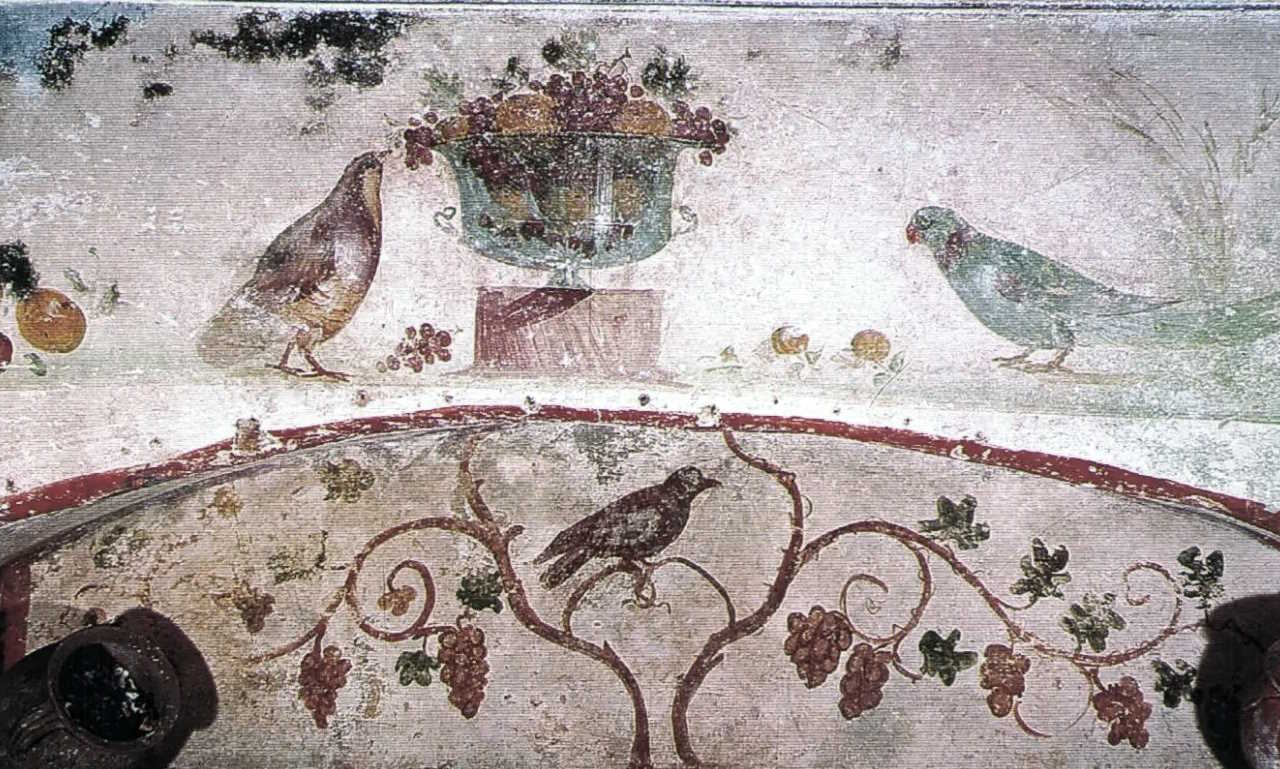
Catacombs of San Sebastiano
The Catacombs of San Sebastiano are an ancient network of subterranean burial chambers located below the Appian Way in Rome, Italy. The catacombs are known for their historical and archaeological significance, as they contain the remains of early Christians who were persecuted for their faith in the Roman Empire. The intricate maze of tunnels, chambers, and crypts provides a glimpse into the lives and customs of those buried there, as well as the religious and cultural traditions that were prevalent during that time period. The Catacombs of San Sebastiano are an important site for exploration and discovery, as well as for gaining a deeper understanding and appreciation for the rich history and heritage of Rome. Visiting the catacombs is a unique and unforgettable experience, allowing visitors to step back in time and witness the past in a tangible and immersive way.
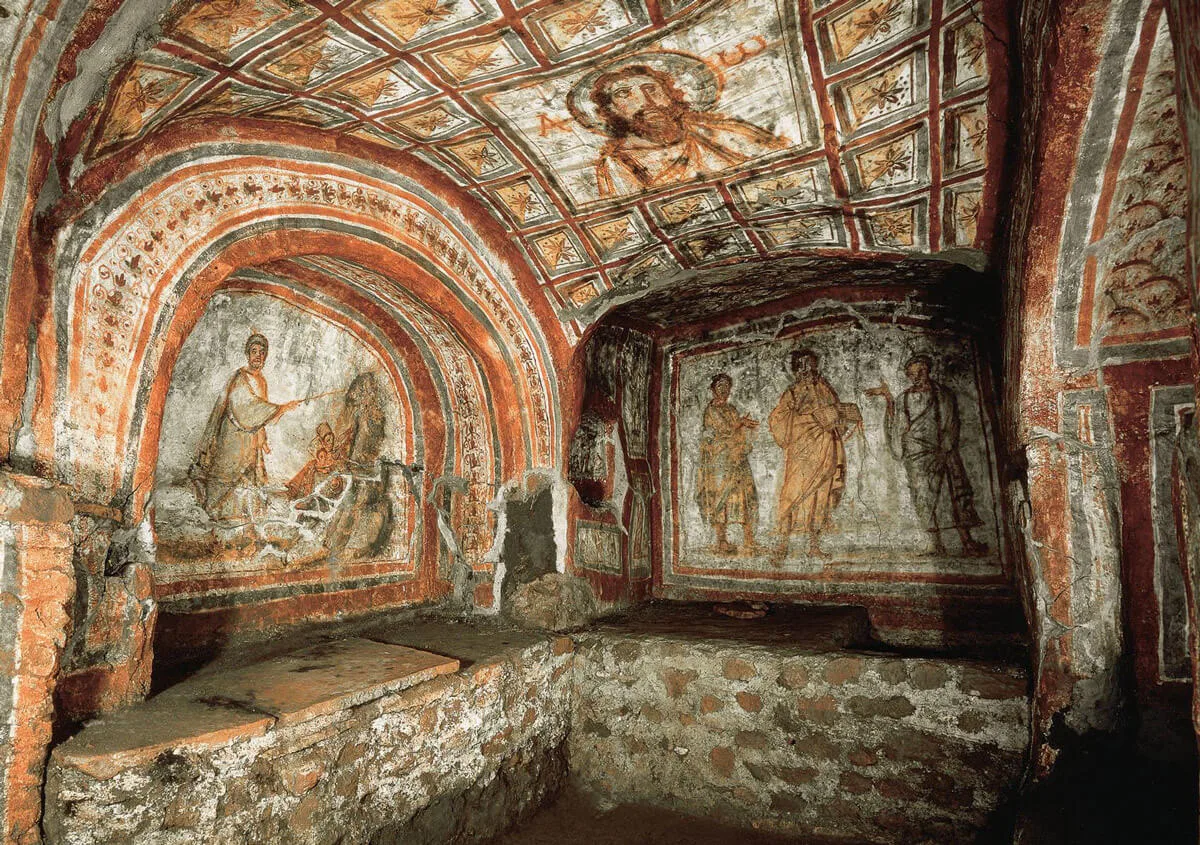
Catacombs of San Callisto
The Catacombs of San Callisto are ancient Christian burial sites, located on the outskirts of Rome, Italy. They are named after Pope St. Callixtus, who oversaw their expansion and decoration in the 3rd century AD. The Catacombs of San Callisto are some of the largest and most important catacombs in Rome, with thousands of tombs and corridors spread out over several levels. Many early Christian martyrs are believed to have been buried there, and the catacombs were also used as a place of worship during times of persecution. Today, visitors can explore the catacombs and view the intricate frescoes and inscriptions that adorn the walls.
-
Highlights of Rome by Car in one day Private Tour
Private Tours of Rome222,00€ – 615,00€Discover the major attractions of Rome with who live there! Full day Private Tour of the Highlights of Rome
Ask for PROMO code
Rome | Private Tour | Luxury Car | 6 hrs.
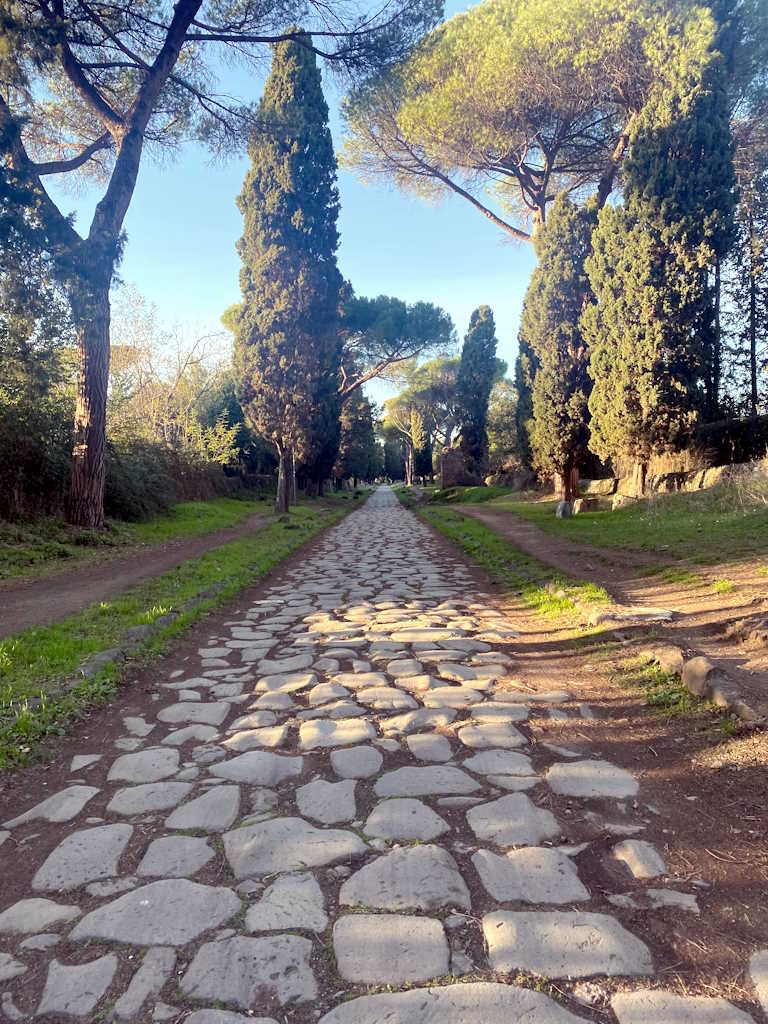
The ancient Appian Way in Rome represents a tangible connection between the past and present. The road serves as a bridge between different eras, allowing visitors to walk on the same path traveled by ancient Romans, bringing history to our days. The Appian Way has become a lasting symbol of Roman engineering and cultural heritage that continues to influence our way of living and conceiving roads and infrastructure.
By Argiletum Tour staff
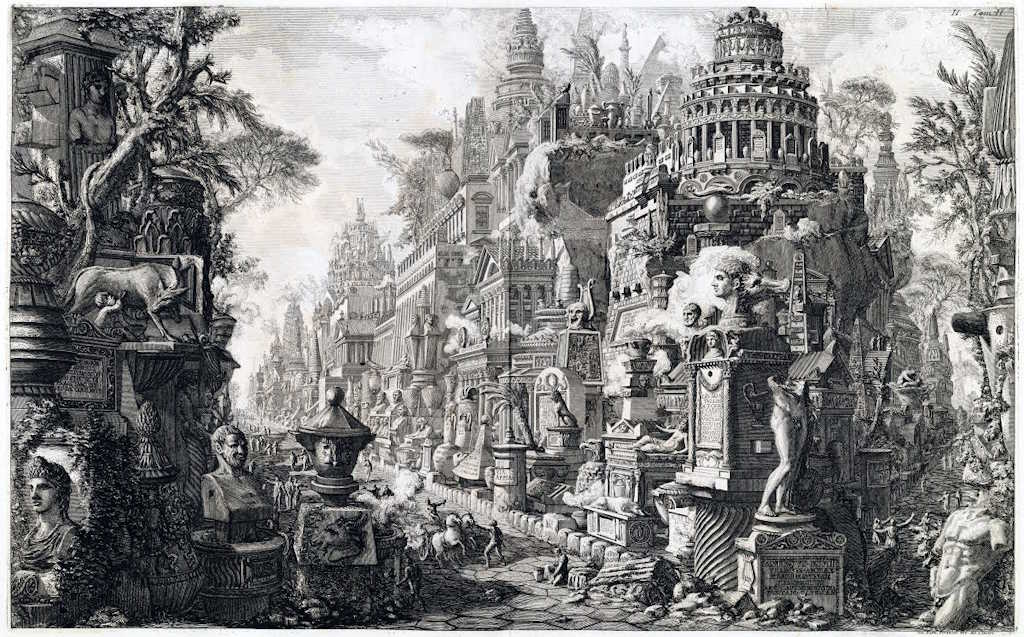
Private guided tours
-
Vatican Museums and Sistine Chapel Tour Pick-up and Drop-off
Private Tours of Rome185,00€ – 415,00€Immerse yourself in the wonders of the Vatican Museums, the Sistine Chapel, and St. Peter's Basilica with a tailor-made tour, guided by industry experts.
Vatican Rome | Pick-up and Drop-off | Private Guide | 3 hours | Skip the line
-
Gastronomic Tour in Rome: Street Food, a culinary adventure
Food and Wine Experience189,00€Street Food Tour in Rome: 3-Hour Culinary Tastings - Small Group max. 6 people
-
Vatican Museums and Sistine Chapel – Private Tour with Hotel Pick-up
Private Tours of Rome163,00€ – 335,00€Enjoy an unforgettable experience discovering the wonders of the Vatican and Italian art, accompanied by our expert guides who will immerse you in the history and beauty of these unique places.
Vatican Rome | Pick-up | Private Guide | 3 hours | Skip the Line
-
Rome by Night Tour – Private Driver and Guide
Holidays in Rome116,00€ – 293,00€Welcome to "Rome by Night with Private Driver and Guide"
Rome | By night Tour | Private Car | 2 hrs.
-
Photography Tour of Rome at Sunrise
Private Tours of Rome106,00€ – 438,00€A unique experience to capture the essence of Rome at dawn!
Request the PROMO code!
Rome | Privat Guide | Auto- Golf Car | 3 hours
-
Shore excursion Civitavecchia Rome
Day Trips from Rome241,00€ – 645,00€Discover the major attractions of Rome with who live there! Full day Private Tour from Civitavecchia Port to Rome
Advanced reservation PROMO code
Civitavecchia Rome | Guided Tour | Luxury Car | 8/9 hrs.
-
Modern and Contemporary Rome Tour
Private Day Trips from Rome165,00€ – 415,00€Book now your detailed tour of contemporary Rome and let yourself be amazed by its architectural wonders!
Rome Italy | Expert Guide | Car&Drive | 6 hours
-
Tour of Rome and surroundings by helicopter with a final parachute jump
Holidays in Rome1.200,00€Experience Rome like never before with a helicopter tour and parachute jump. Get ready for an unforgettable adventure
Rome Italy | helicopter | Car&Drive | 3 hours
-
Visit Rome by Golf Cart
City Tours of Rome145,00€ – 345,00€Private Tour of the main attractions of Rome by Golf Cart, without worry about long walks or hills to climb A lot of fun!
Rome | Private Guide | Golf car | 3 hrs.
-
Tour of Rome and Gourmet Lunch – Private Guide and Car
Luxury Tours of Rome215,00€ – 449,00€Exclusive guided tour of Rome with private guide and luxury car at your disposal for 3 hours, Gourmet Lunch and return to the Hotel
Rome | Guided Tour | Luxury Car | 4 hrs. | Lunch |
-
Ancient Basilicas and the Catacombs of Rome
Pilgrimages in Italy183,00€ – 408,00€Christian Rome and the Catacombs - Private tour, an itinerary retracing the history of Christianity in Rome
Rome | Private vehicle | Expert guide | 4 hours
-
Bicycle Tour of Rome
City Tours of RomeBicycle Tour of Rome is an alternative way to visit Rome!
Rome | Private Guide | Bicycle | 3 hrs.
